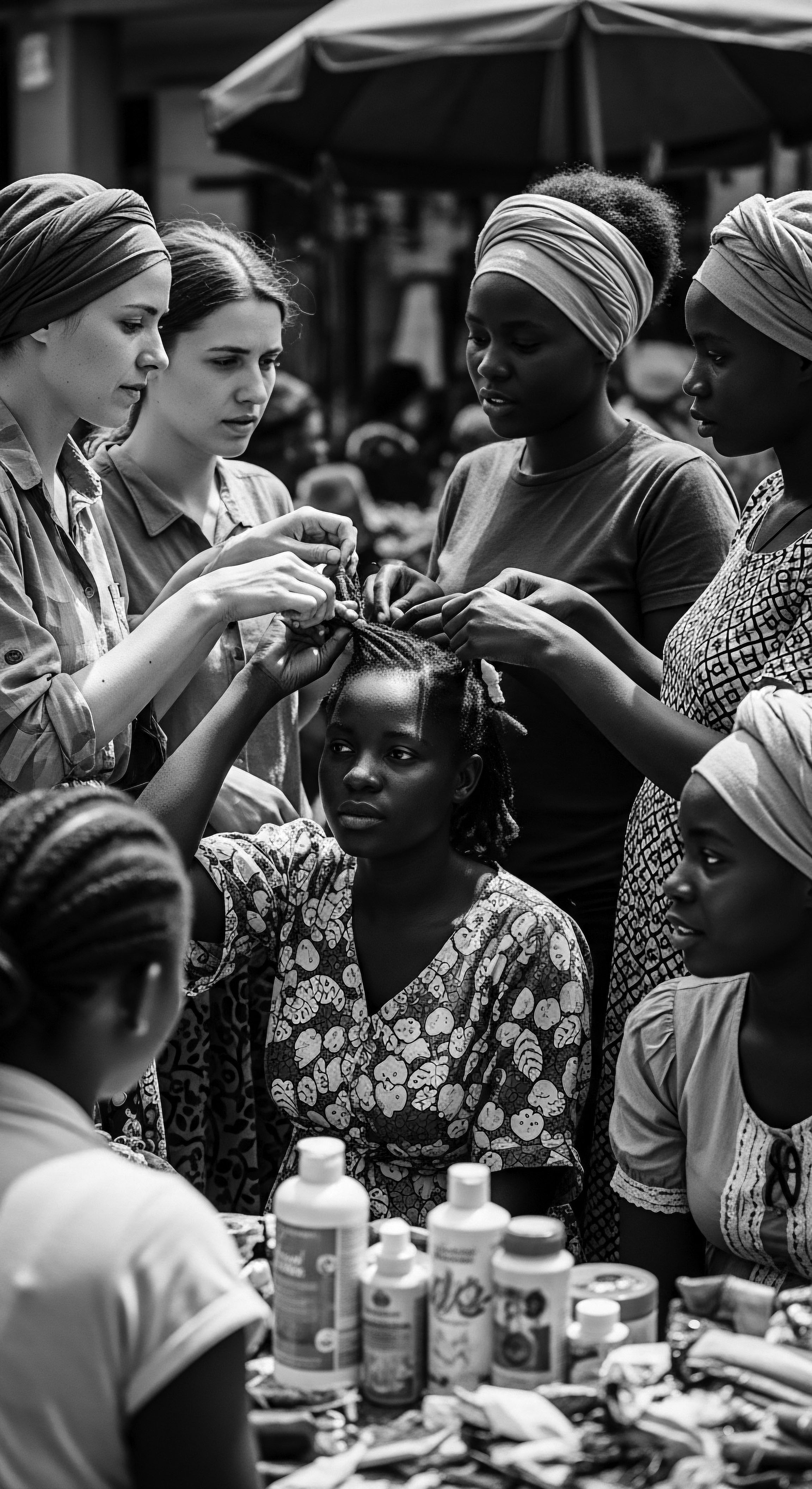
Roots
For those who carry the legacy of textured hair, the story of each strand is not merely one of biology but a profound chronicle of heritage, resilience, and identity. It is a living archive, echoing the wisdom of generations past, inviting us to consider ❉ Can historical hair care practices inform modern routines for textured hair? This question, at its heart, is an invitation to look beyond fleeting trends and commercial promises, urging us instead to listen to the whispers of ancestral knowledge that have shaped our crowns for millennia.
Our hair, with its unique coils, kinks, and waves, holds within its very structure the memory of ancient lands, sun-drenched rituals, and the enduring spirit of communities who understood its sacred nature. To truly care for textured hair today, we must first comprehend its foundational elements, not just through the lens of contemporary science, but by tracing its lineage back to the earliest human expressions of beauty and wellness. This journey begins at the source, exploring the fundamental understanding of textured hair from both historical and scientific perspectives, always through the profound lens of heritage.
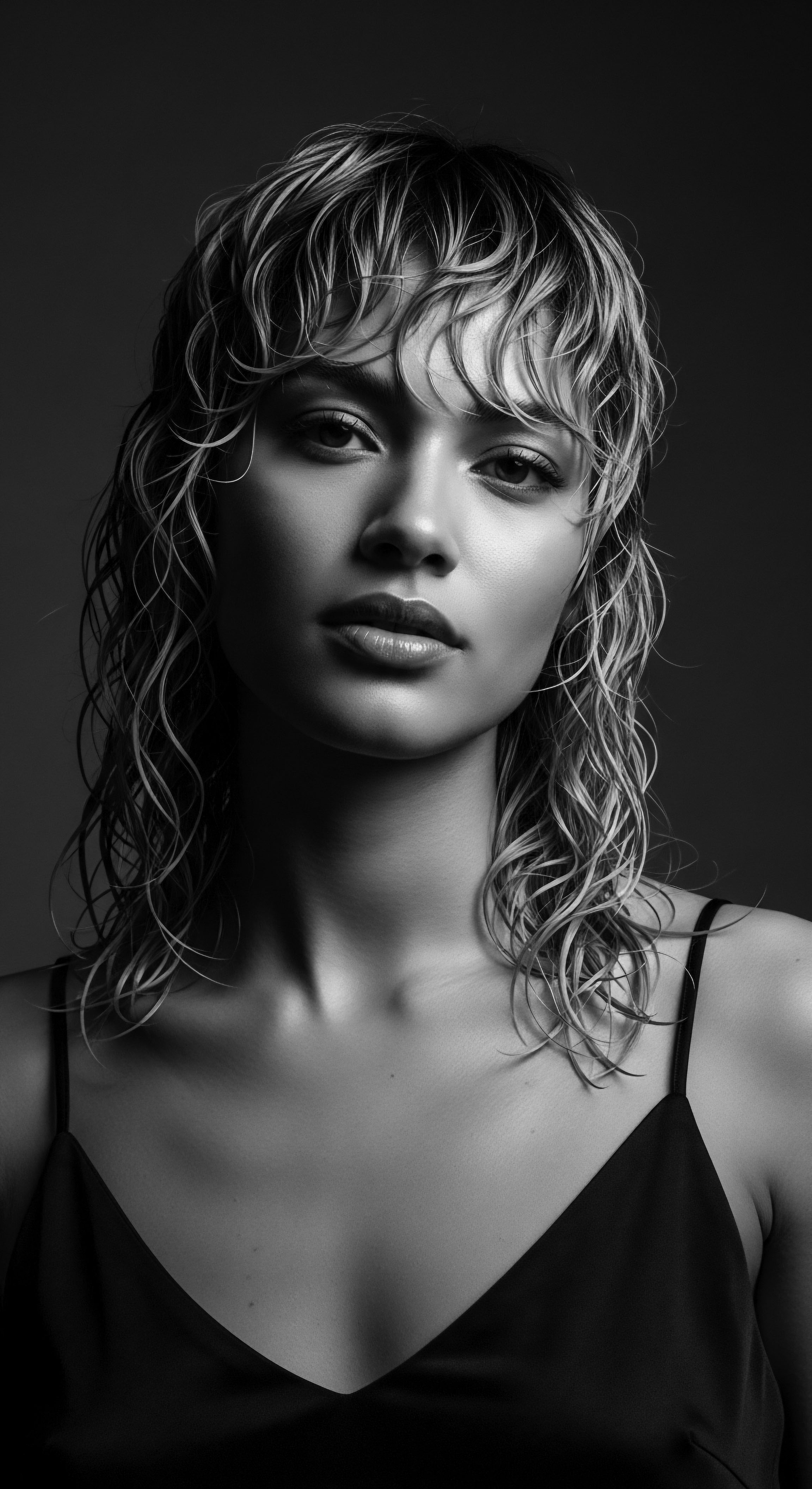
Hair Anatomy and Physiology from an Ancestral View
The very architecture of textured hair, its elliptical cross-section, and the intricate way it spirals from the scalp, lends itself to a distinct set of needs—needs that our ancestors intuitively understood. Unlike straighter hair types, textured hair’s unique structure means it has more points of curvature, making it inherently more prone to dryness and breakage. This isn’t a flaw, but a characteristic that requires specific care.
Ancient communities, particularly across Africa, recognized this fragility and responded with practices that prioritized moisture retention and gentle handling. They didn’t have microscopes to examine the cuticle layers, yet their collective wisdom led them to employ emollients and protective styles that mirrored the very principles modern trichology now affirms.
For instance, the widespread use of natural butters and oils, like shea butter , across West and East Africa, was not accidental. Archaeological evidence suggests the use of shea butter dates back at least 1,000 years earlier than previously thought, with findings at Kirikongo in western Burkina Faso indicating processing since at least A.D. 100 (Gallagher, 2016).
This substance, derived from the nuts of the Vitellaria paradoxa tree, is rich in vitamins E and A, offering moisturizing and protective properties that directly address the dryness inherent in textured hair. Our ancestors, through generations of observation and practice, formulated regimens that spoke to the biological realities of their hair, creating a heritage of care that continues to resonate.
Ancestral hair care practices, born from intimate observation of textured hair’s unique biology, offer a profound blueprint for modern routines.
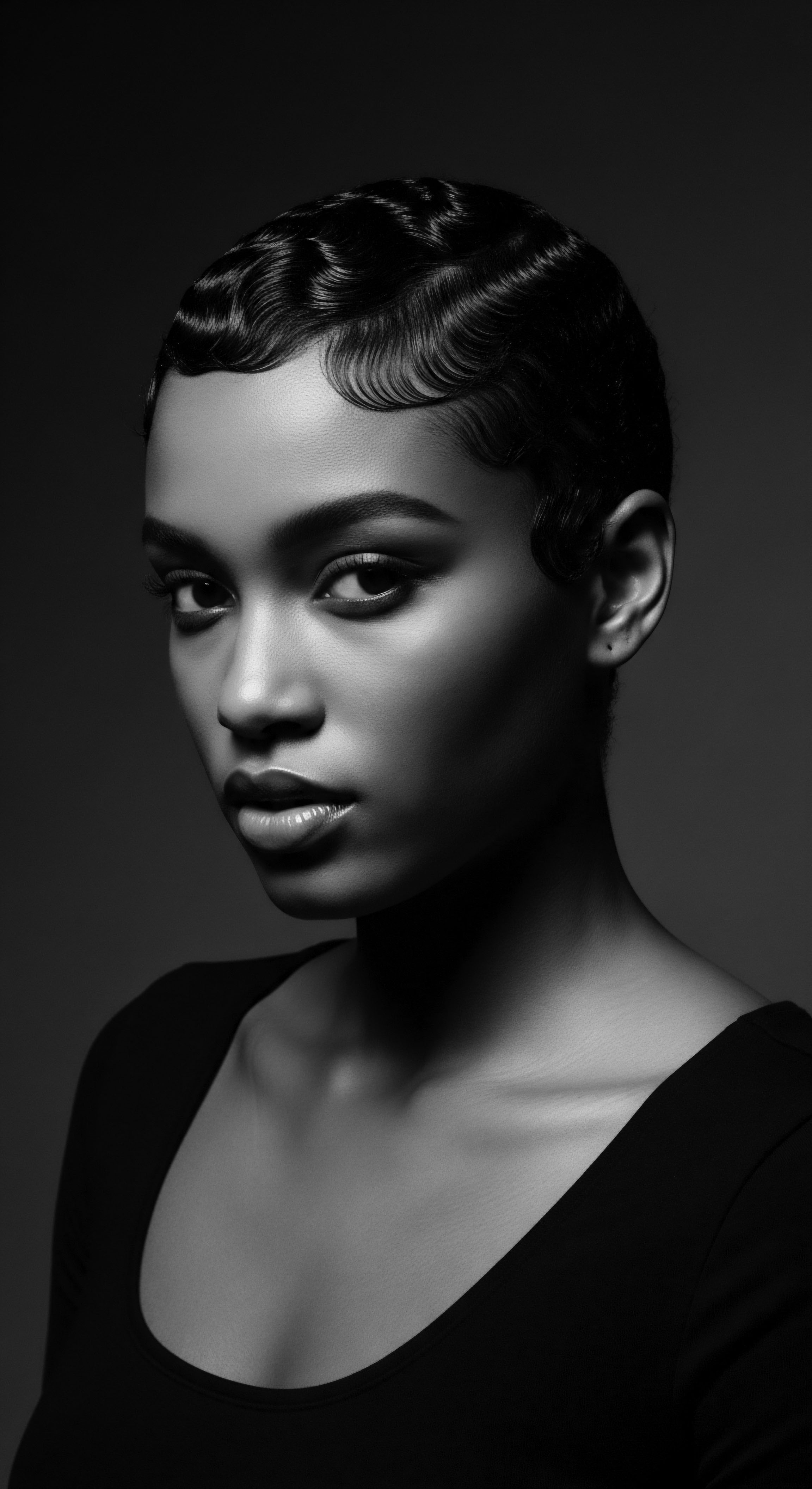
Understanding Textured Hair Classifications
While modern classification systems (like those using numbers and letters to denote curl patterns) offer a scientific shorthand, they sometimes flatten the rich cultural tapestry of hair diversity. Historically, hair classification was deeply interwoven with identity, status, and community. In pre-colonial African societies, hair styles and textures communicated a wealth of information ❉ age, marital status, ethnic identity, wealth, and even rank within the community. The very way hair was styled served as a visual language, a living identifier.
The emphasis wasn’t on a numerical curl type but on the social significance of the style itself. A woman’s intricate braids might signal her readiness for marriage, while a specific shaved pattern could denote mourning or spiritual connection. This historical perspective invites us to view textured hair not just as a collection of curl patterns, but as a deeply meaningful part of one’s inherited identity, encouraging a holistic appreciation that transcends mere aesthetic categorization.
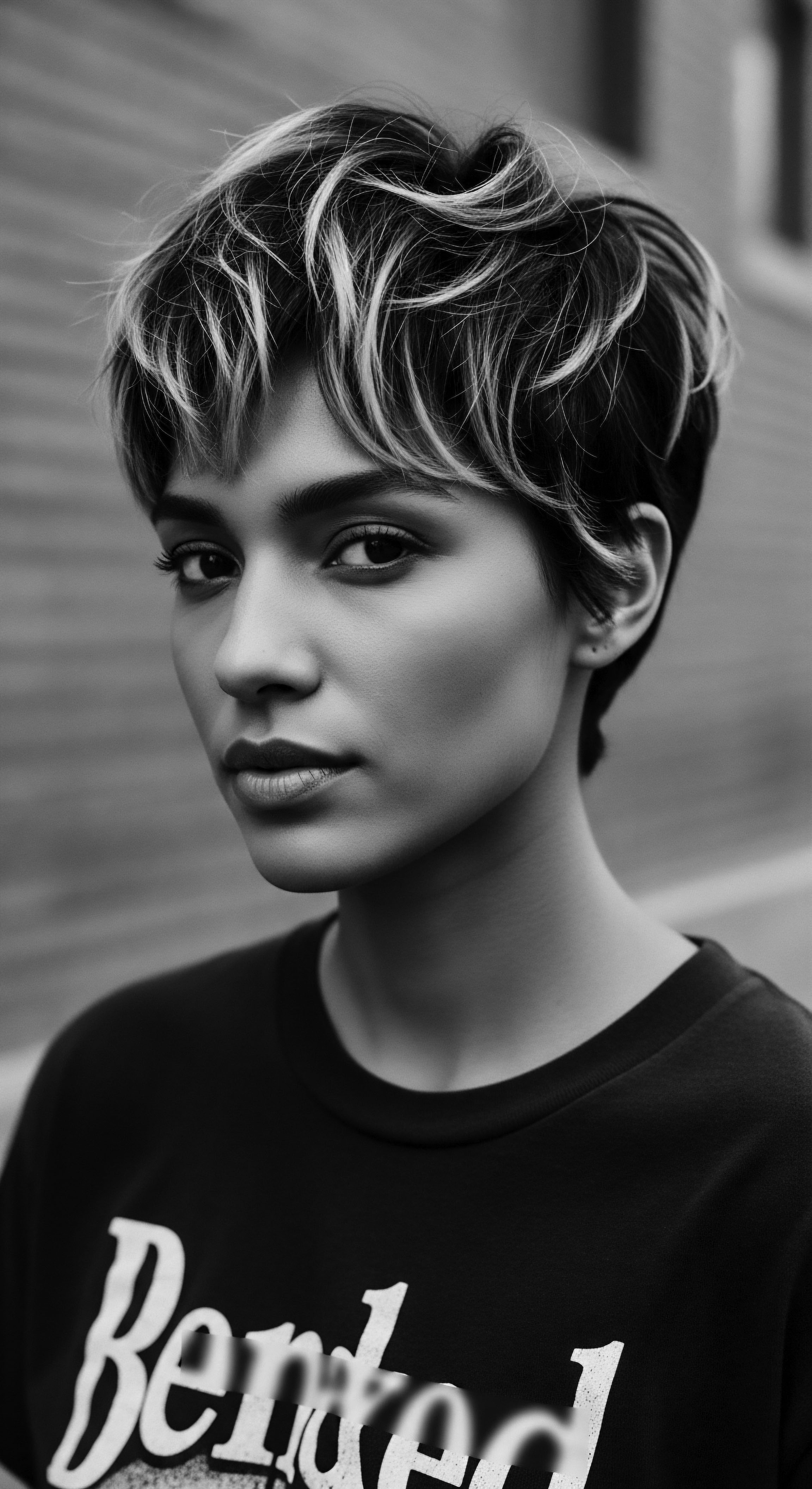
How Did Ancient Cultures Classify Hair?
Ancient cultures didn’t use a standardized numerical system. Instead, their “classification” was embedded in cultural practices and visual cues.
- Social Markers ❉ Hair length, style, and adornments indicated social standing, marital status, or even religious roles.
- Tribal Identity ❉ Specific braiding patterns or shaved designs often identified an individual’s tribe or ethnic group, as seen with the Fulani people’s cornrows or the Himba Tribe’s clay-adorned braids.
- Life Stages ❉ Hair rituals often marked transitions from childhood to adulthood, or periods of mourning, with distinct styles associated with each phase.
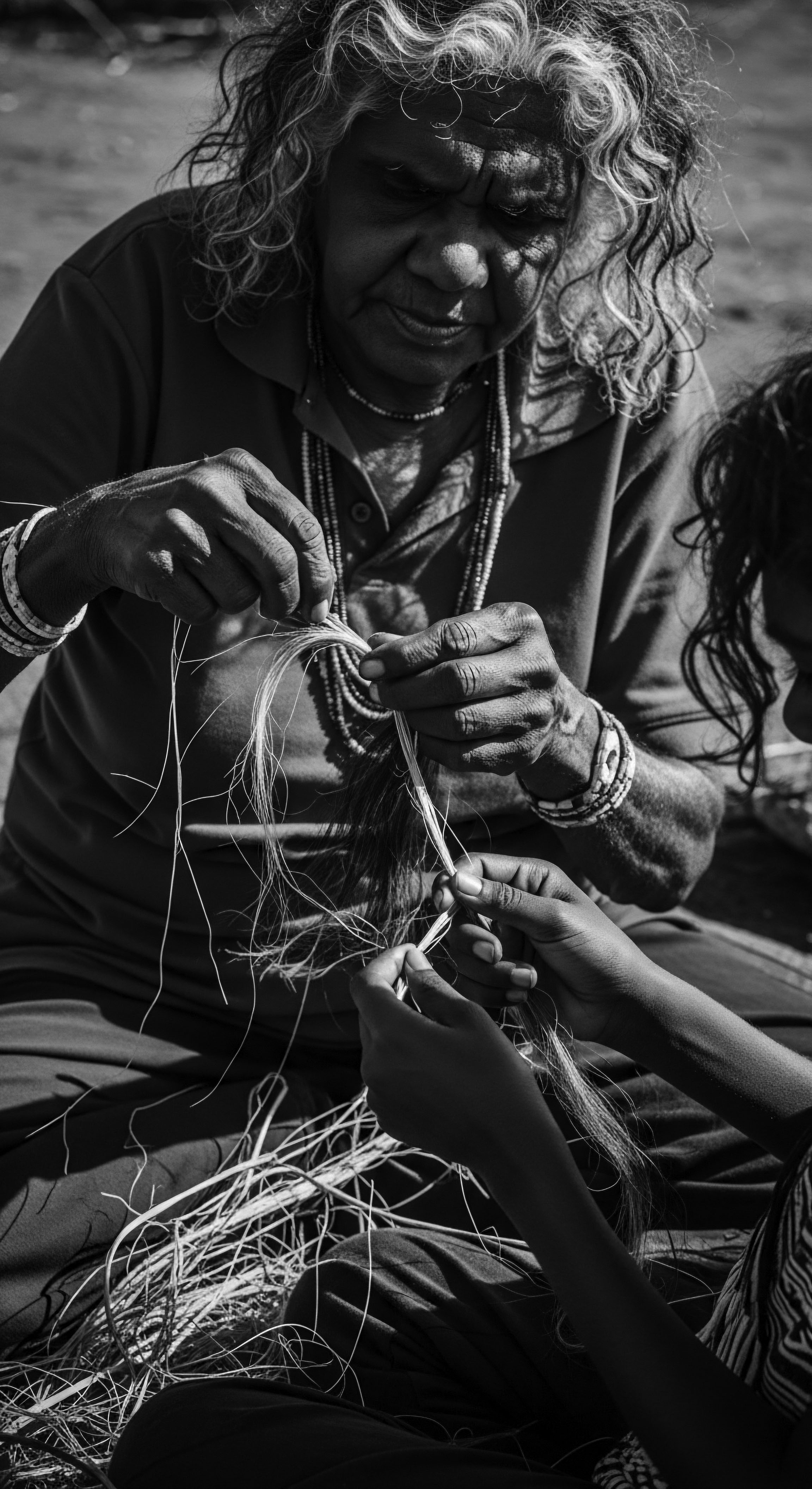
The Essential Lexicon of Textured Hair
The language we use to describe textured hair has evolved, but many terms carry echoes of their historical origins. Words like “cornrows,” though now globally recognized, stem from the agricultural patterns they resemble and have a deep history in West African societies, dating back to 3000 BCE. “Locs,” too, carry spiritual and cultural weight, appearing in various African traditions long before their modern resurgence.
Understanding this lexicon means acknowledging the journeys these terms have made, often surviving periods of oppression where natural hair was demonized and forcibly shorn, only to re-emerge as symbols of pride and resistance. The words themselves are part of the heritage, carrying stories of adaptation and enduring beauty.
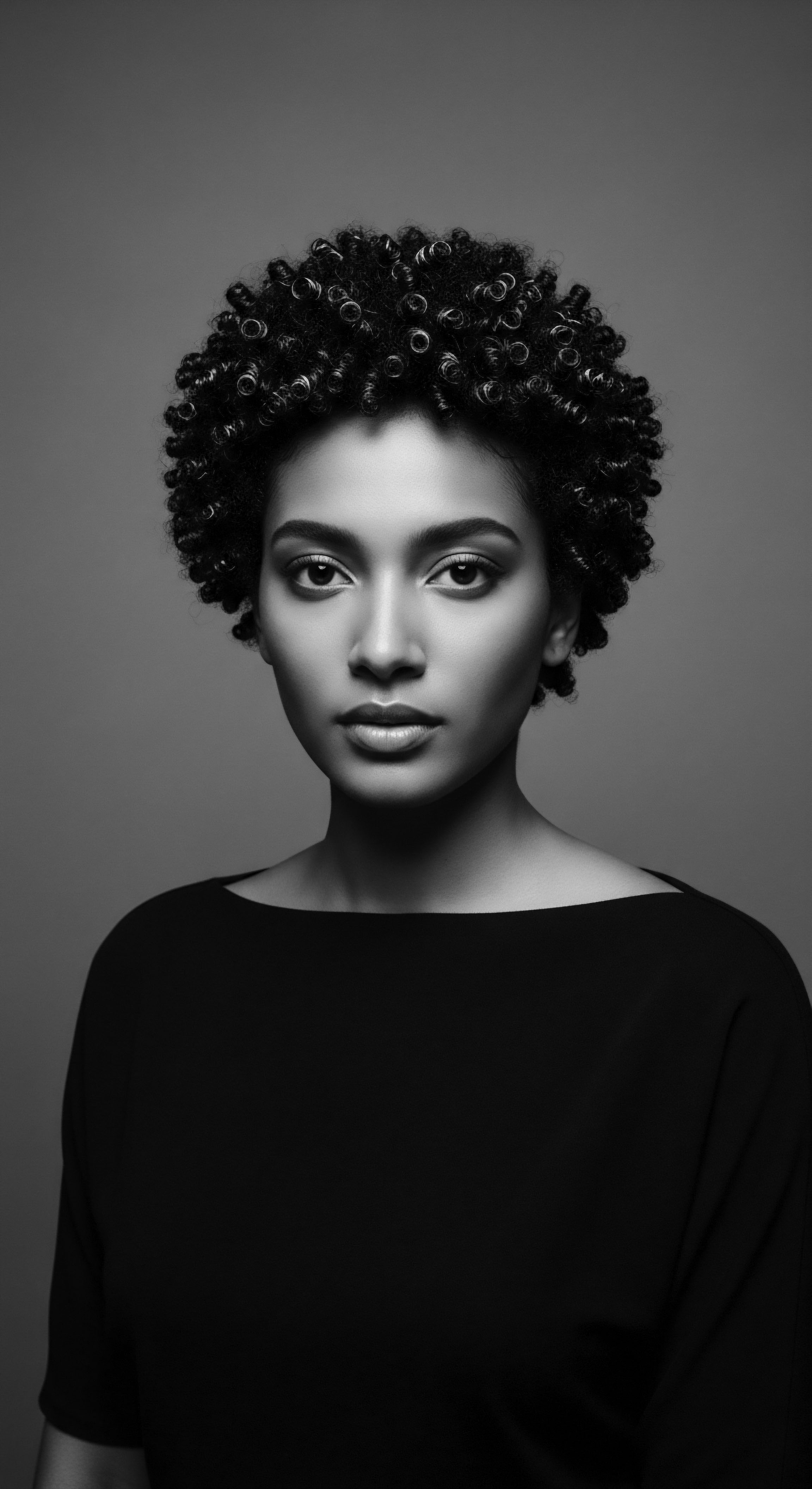
Hair Growth Cycles and Influencing Factors
The science of hair growth cycles—anagen (growth), catagen (transition), and telogen (rest)—is universal. However, historical and environmental factors profoundly influenced hair health. In ancestral communities, nutrition derived from diverse, locally sourced diets played a significant role. Access to nutrient-rich foods, often overlooked in modern discussions of hair health, provided the building blocks for strong hair.
Furthermore, lifestyles that involved less exposure to harsh chemical treatments and more communal, gentle handling of hair contributed to healthier hair cycles. The wisdom of these practices, often rooted in an understanding of the body’s holistic well-being, offers a compelling argument for a return to simpler, more nourishing approaches in our contemporary routines.
Consider the practices of the Chad women, who have historically used Chébé powder to aid in length retention. This powder, often mixed with moisturizing agents like shea butter and applied to hydrated hair, then braided, speaks to an ancient understanding of sealing in moisture and protecting fragile strands. This traditional method, passed down through generations, highlights how environmental factors and available resources shaped practices that supported hair health over long periods.
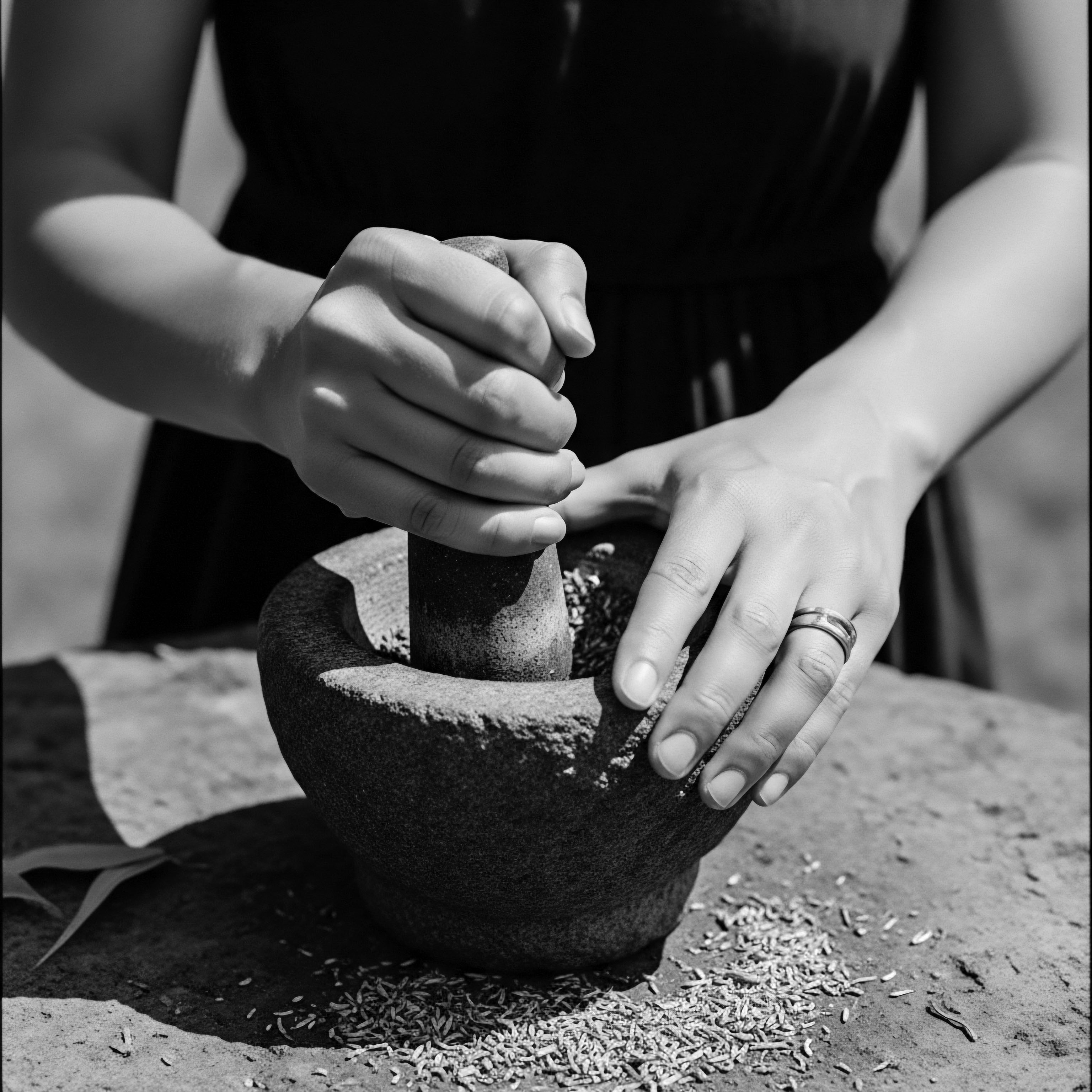
Ritual
Stepping into the realm of hair care ritual is to enter a space where practicality intertwines with profound meaning, where every touch, every ingredient, carries the echoes of those who came before us. For those of us with textured hair, this journey isn’t just about finding effective methods; it is about reclaiming a heritage, understanding the ancestral practices that have shaped our relationship with our crowns. How has this rich history of care influenced or been part of traditional and modern styling heritage? The answer lies in the deep reverence for natural materials, the communal nature of grooming, and the ingenious techniques that have been passed down through the generations, adapting and surviving through time.
The application of historical hair care practices to modern routines for textured hair is not a mere nostalgic exercise. It is a pragmatic re-evaluation, a search for wisdom in the rhythms of the past. Our ancestors, facing different challenges and possessing different resources, developed sophisticated systems of care that often aligned with what modern science now validates. This section delves into the art and science of textured hair styling, examining how historical methods continue to inform and enrich our contemporary approaches.
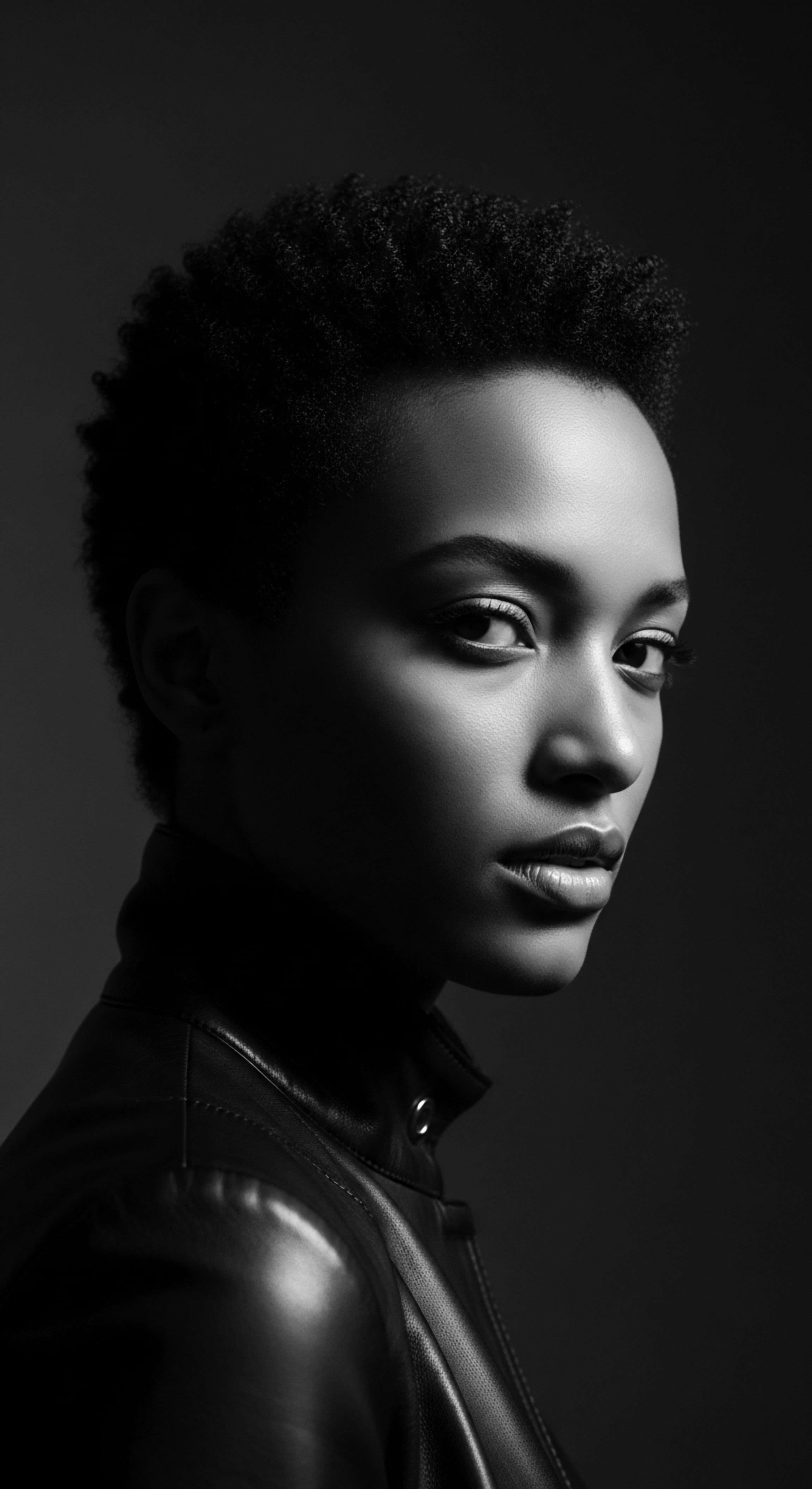
Protective Styling Through Time
Protective styling, a cornerstone of modern textured hair care, has deep ancestral roots. Before the advent of chemical straighteners or widespread heat tools, protective styles were essential for preserving hair health and length, especially in climates that could be harsh. These styles, such as braids, twists, and various forms of updos, minimized manipulation, shielded strands from environmental damage, and retained moisture.
In many African societies, these styles were far more than just aesthetic choices; they were intricate expressions of identity, status, and communication. The patterns could denote one’s tribal affiliation, marital status, age, or even serve as a map for escape during times of enslavement. The continuity of these styles, from ancient Egyptian depictions of braids dating back to 2050 BCE to their resurgence today, speaks to their enduring efficacy and cultural significance.
Protective styles are not a modern invention; they are a living testament to ancestral ingenuity and a continuous thread of cultural preservation.
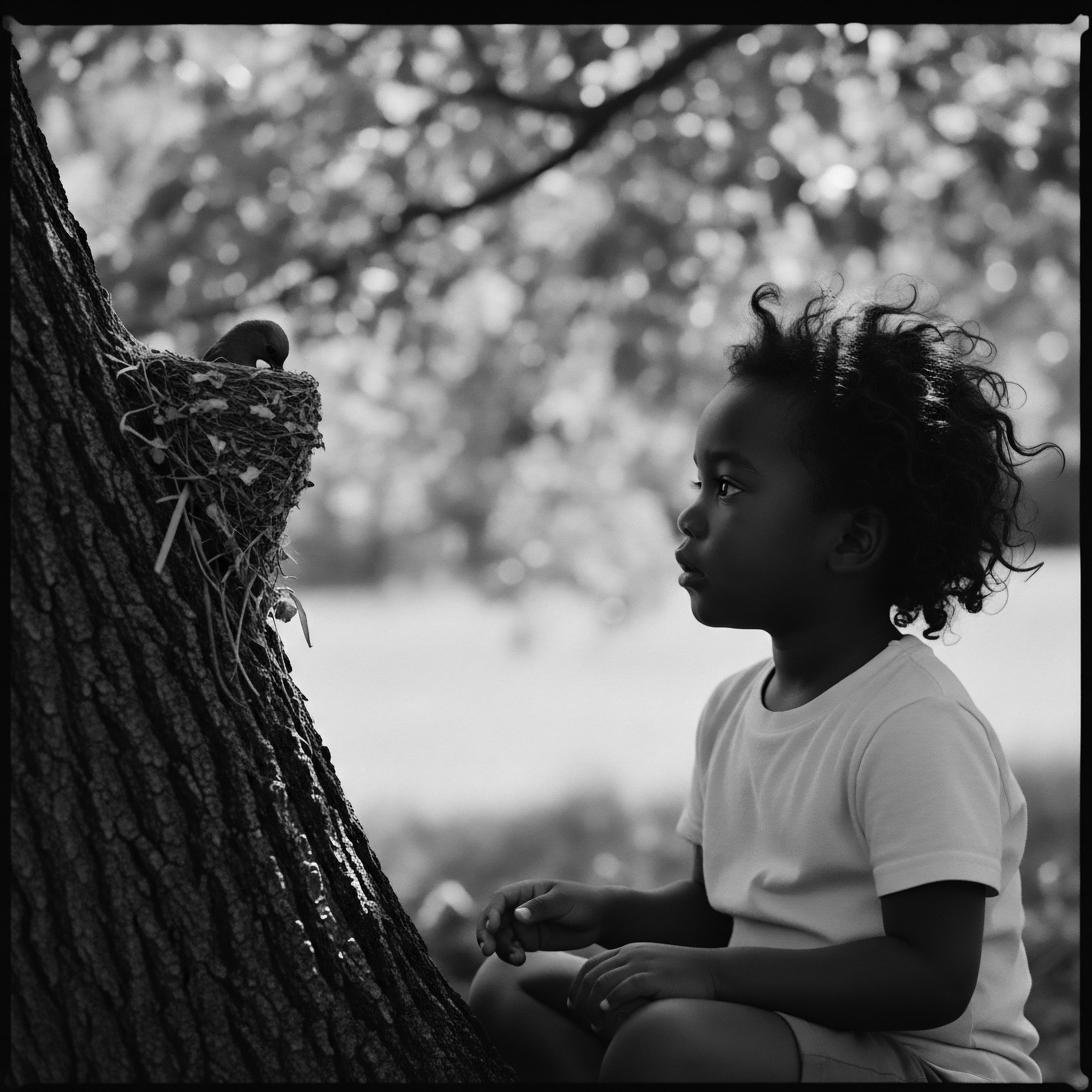
Ancestral Roots of Common Protective Styles
- Cornrows ❉ Originating in West Africa, dating back to 3000 BCE, these intricate braids were used to signify tribal identity, social status, and even convey messages. During the transatlantic slave trade, they reportedly served as maps for escape routes.
- Bantu Knots ❉ Traditionally worn by the Zulu Tribe of South Africa, these coiled knots symbolized strength and community, often considered spiritual as they are the highest point of the body.
- African Hair Threading (Irun Kiko) ❉ Practiced by the Yoruba people of Nigeria since at least the 15th century, this protective style uses flexible threads to wrap hair sections, aiding in length retention and stretching the hair without heat.
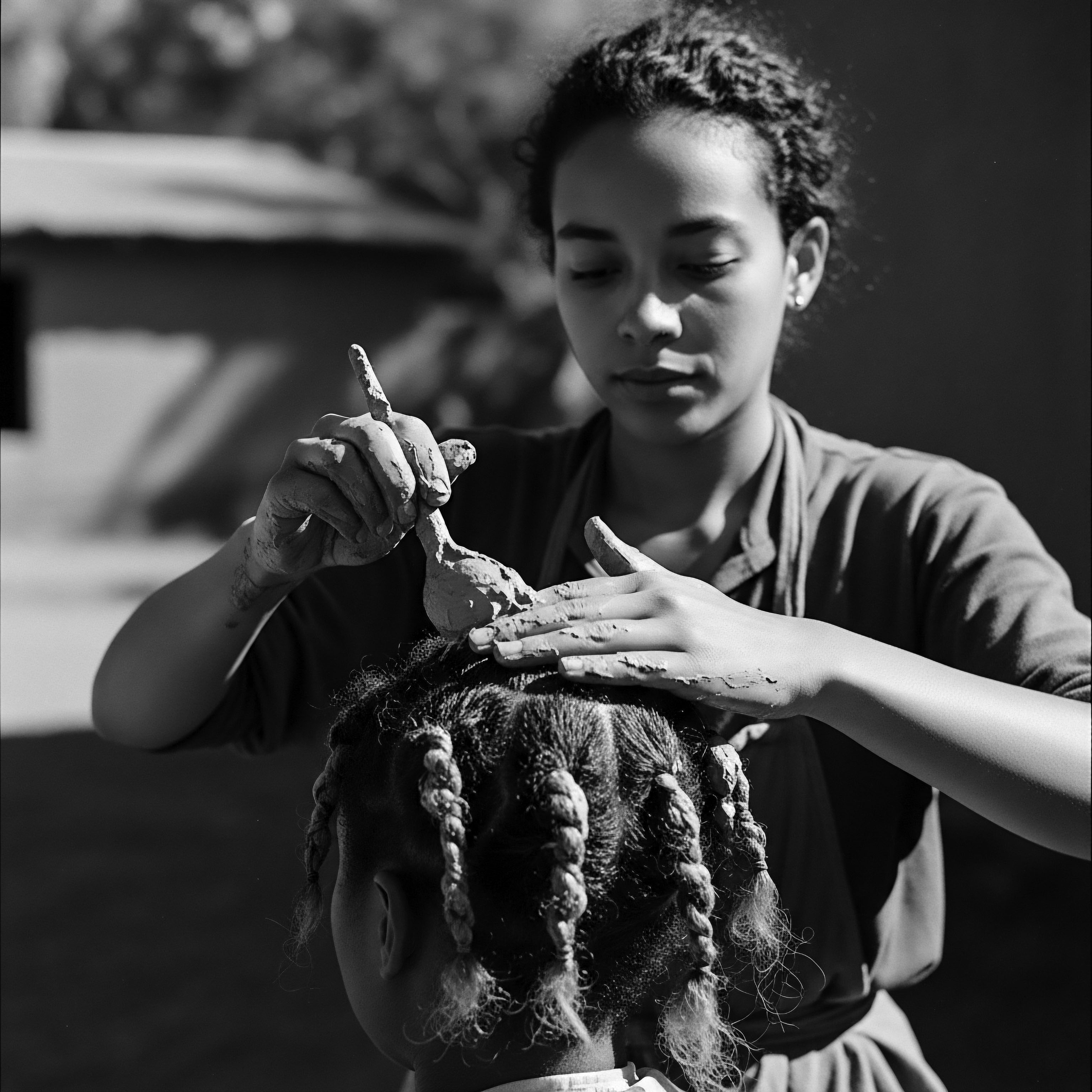
Natural Styling and Definition Techniques
The pursuit of definition for textured hair is a timeless endeavor. Long before gels and custards, ancestral communities employed natural methods to clump curls and enhance their natural beauty. These techniques often involved the careful application of plant-based mucilages, oils, and waters, coupled with specific manipulation methods.
For example, the use of plant extracts with slippery properties, akin to modern-day flaxseed gel, would have provided hold and definition. The communal act of styling, often involving mothers, aunts, and friends, meant that techniques were perfected and passed down through observation and hands-on guidance. This collective knowledge ensured that the art of natural styling was a shared heritage, a bond strengthened through touch and shared purpose.
| Traditional Ingredient/Practice Shea Butter (Vitellaria paradoxa) |
| Ancestral Purpose Moisture retention, scalp health, protection from sun. |
| Modern Parallel/Scientific Link Emollient conditioners, leave-ins, and scalp treatments rich in fatty acids and vitamins. |
| Traditional Ingredient/Practice Castor Oil |
| Ancestral Purpose Strengthening, promoting growth, adding shine (Ancient Egypt). |
| Modern Parallel/Scientific Link Hair growth serums, deep conditioning treatments, sealants. |
| Traditional Ingredient/Practice Plant-based mucilages (e.g. Okra, Aloe Vera) |
| Ancestral Purpose Curl definition, slippage for detangling. |
| Modern Parallel/Scientific Link Styling gels, curl custards, detangling sprays with plant extracts. |
| Traditional Ingredient/Practice Herbal Rinses (e.g. Fenugreek, Rosemary) |
| Ancestral Purpose Scalp stimulation, shine, cleansing. |
| Modern Parallel/Scientific Link Herbal hair rinses, scalp tonics, stimulating shampoos. |
| Traditional Ingredient/Practice This table illustrates how the core functions of historical hair care ingredients align with the needs addressed by modern textured hair products, bridging ancestral wisdom with contemporary understanding. |

Tools for Textured Hair
The tools of hair care also tell a story of ingenuity and adaptation. The Afro comb , with its widely spaced teeth, is perhaps one of the most enduring symbols of textured hair care, with archaeological evidence suggesting its existence for up to 7,000 years in ancient civilizations like Kush and Kemet (modern Sudan and Egypt). These early combs, often carved from wood, bone, or ivory, were not just functional; they were artistic expressions, status symbols, and even carried spiritual significance.
The evolution of these tools, from ancient artifacts to the plastic “fist” combs of the Black Power movement, underscores their continuous role in both grooming and cultural expression. The wisdom embedded in their design—the wider spacing to prevent breakage in delicate coils—is a testament to generations of practical knowledge.
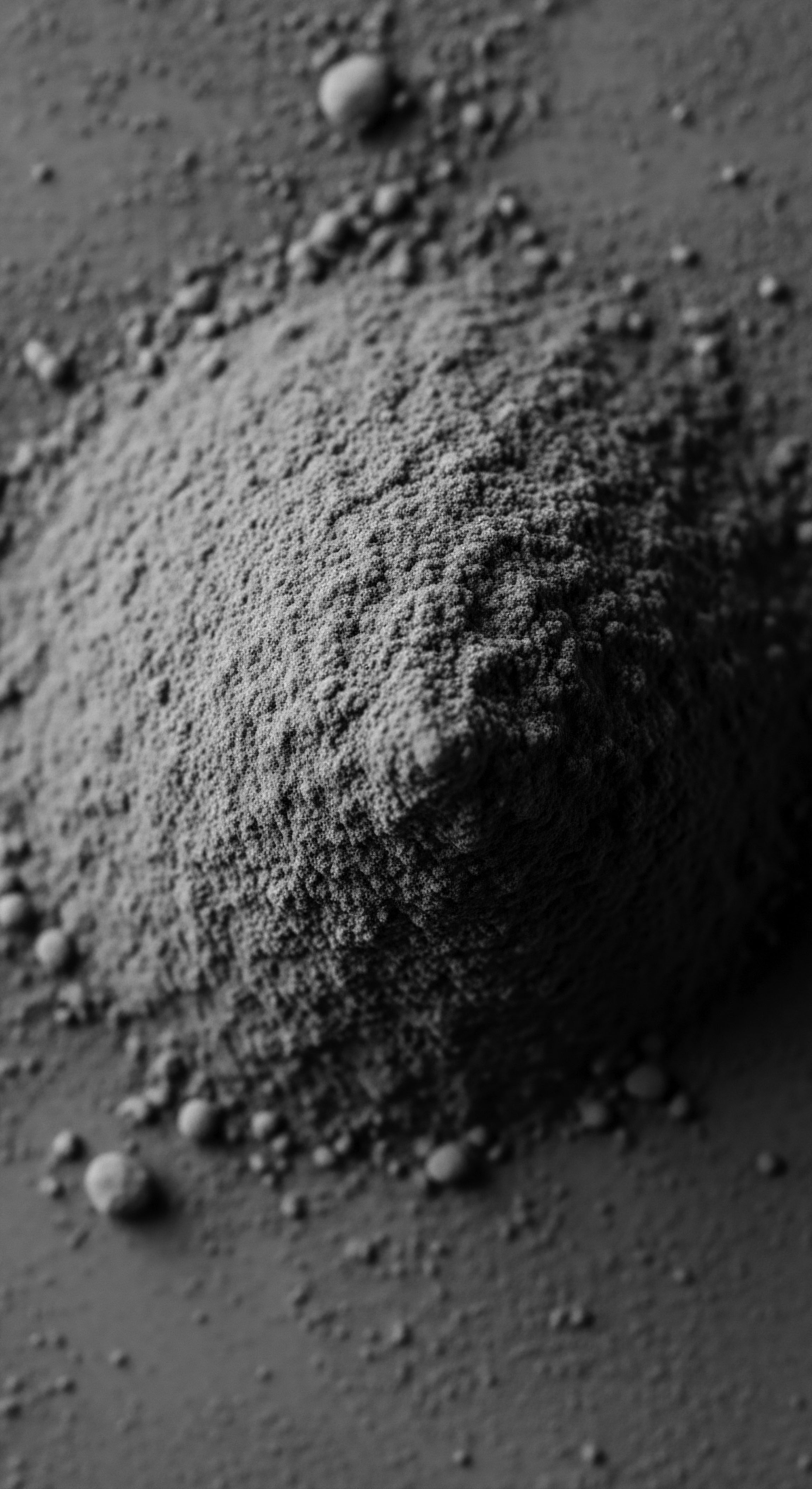
What Can Ancient Hair Tools Teach Us?
Ancient hair tools offer profound lessons in gentle manipulation and the importance of materials.
- Wide-Toothed Combs ❉ The prevalence of wide-toothed combs in ancient African societies highlights an understanding of textured hair’s fragility, a principle still central to preventing breakage today.
- Natural Materials ❉ Tools crafted from wood, bone, or natural fibers suggest a preference for materials that would not snag or damage delicate strands, aligning with a more gentle approach to detangling and styling.
- Multi-Purpose Tools ❉ Many ancient tools served multiple functions, from styling to adornment, reflecting a holistic view of hair as both a practical and expressive element.

Relay
As we delve deeper into the intricate relationship between historical hair care practices and modern routines for textured hair, a more profound sub-question emerges ❉ How do these ancestral traditions not only inform our present-day regimens but also shape the very cultural narratives and future trajectories of textured hair itself? This inquiry moves beyond the practical, inviting us into a space where science, cultural memory, and the enduring spirit of heritage converge. It is a journey into the less apparent complexities, where the biological realities of textured hair meet the rich, often fraught, history of its adornment and perception.
This exploration requires a sophisticated understanding, drawing on rigorous research and cultural intelligence. We must analyze the interplay of biological predispositions, the psychological impact of societal pressures, the social dynamics of communal care, and the deep cultural and historical factors that have defined textured hair. The insights gleaned from ancient practices are not static relics; they are dynamic forces that continue to influence our contemporary understanding and celebration of textured hair, urging us to recognize the profound legacy we carry.
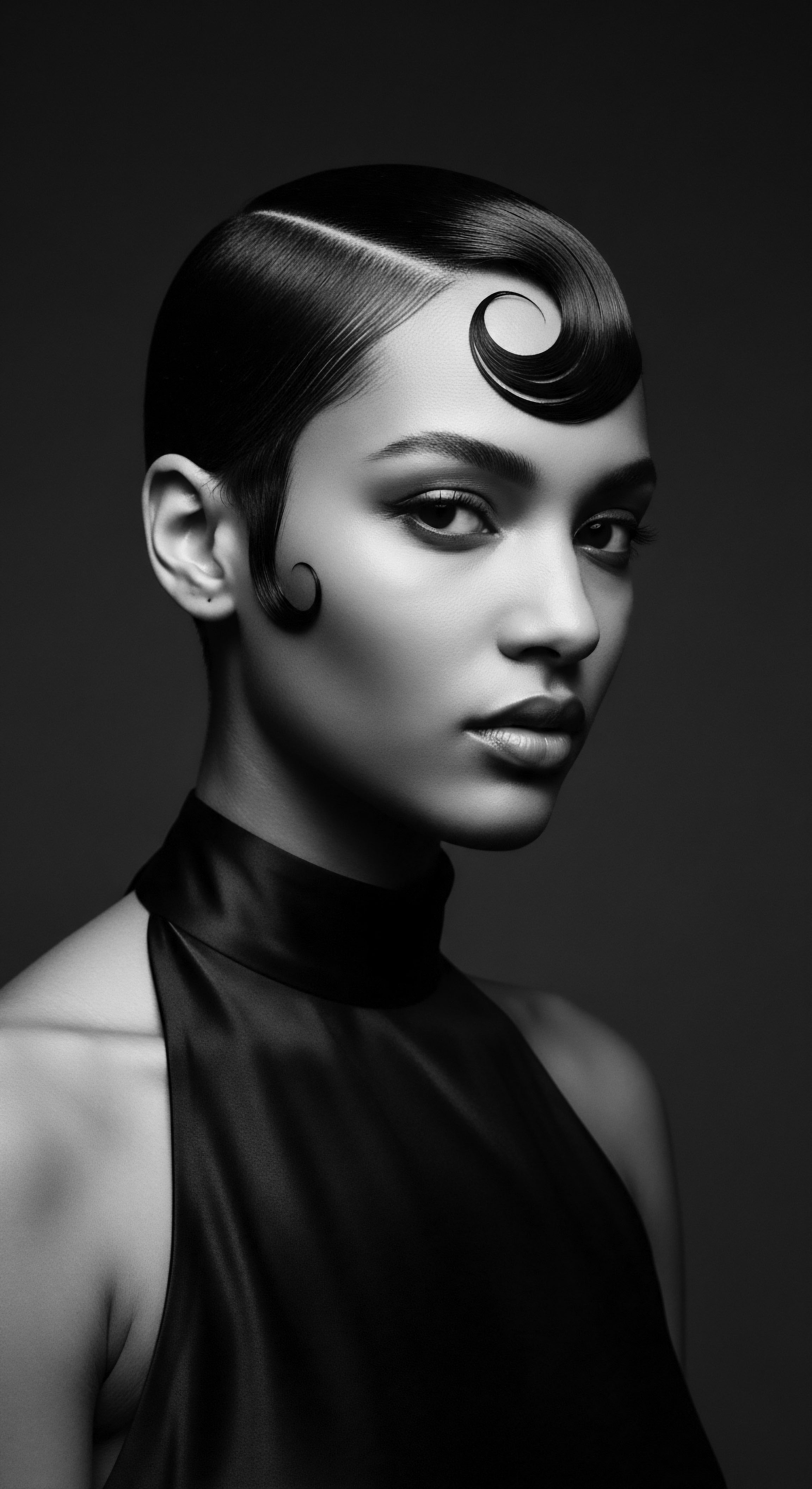
Building Personalized Regimens from Ancestral Wisdom
The modern textured hair community often speaks of “listening to your hair” and customizing routines. This resonates deeply with ancestral approaches. Rather than a one-size-fits-all model, historical practices were often localized and personalized, drawing upon available botanicals and techniques suited to individual hair types and environmental conditions.
Consider the diverse ethnobotanical knowledge across Africa. A study in Northern Ghana, for instance, highlights shea butter ( Vitellaria paradoxa ) as the most used plant for skin smoothening and hair growth among women, a practice deeply embedded in local knowledge. This specificity, the reliance on what the land provided and what generations had affirmed, stands in contrast to the globalized product market of today. By studying these regional variations, we can learn to select ingredients and methods that truly align with our hair’s unique needs, guided by the wisdom of those who cultivated this knowledge over centuries.
The holistic influences on hair health, drawing from ancestral wellness philosophies, also offer significant lessons. In many African cultures, hair care was not separate from overall well-being. It was integrated into daily life, often as a communal activity that fostered social bonds and passed down knowledge. This perspective encourages us to view our hair routine not as a chore, but as a moment for self-care, connection, and reverence for our heritage.
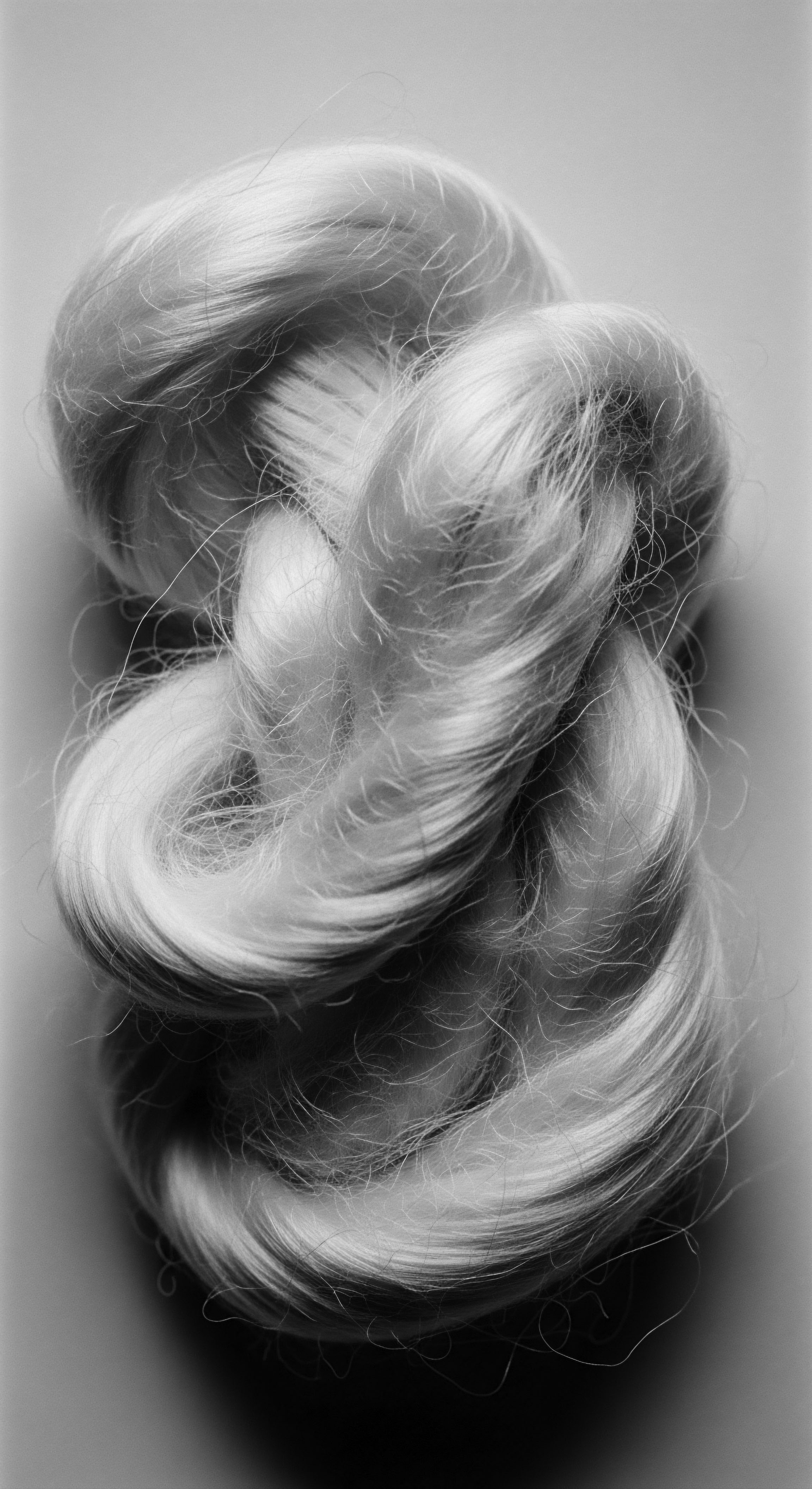
The Nighttime Sanctuary and Bonnet Wisdom
The practice of protecting hair at night, often with head coverings, is a tradition with deep historical roots, particularly within Black and mixed-race communities. While modern bonnets are often made of satin or silk, their historical predecessors—headwraps and scarves—served similar crucial functions ❉ preserving moisture, preventing tangles, and protecting delicate styles.
During the transatlantic slave trade, head coverings became a complex symbol. Initially, they were often enforced as a means of dehumanization, stripping enslaved individuals of their identity and cultural expressions. Yet, enslaved women ingeniously transformed these mandates into acts of resistance and cultural preservation, using them to protect hair that was often damaged by harsh conditions and lack of proper tools. The communal practice of hair care, often occurring on Sundays, became a space for bonding and maintaining cultural continuity, with scarves playing a practical role in preserving the intricate styles created.
This historical context imbues the modern bonnet with layers of meaning. It is not just a tool for hair health; it is a symbol of resilience, a quiet act of defiance against historical attempts to erase Black hair culture, and a continuation of a practice that prioritized care and protection in the face of adversity. The very act of wrapping one’s hair at night becomes a connection to this enduring legacy.
The nightly ritual of protecting textured hair, whether with a bonnet or a scarf, is a quiet echo of ancestral resilience and an affirmation of self-care.
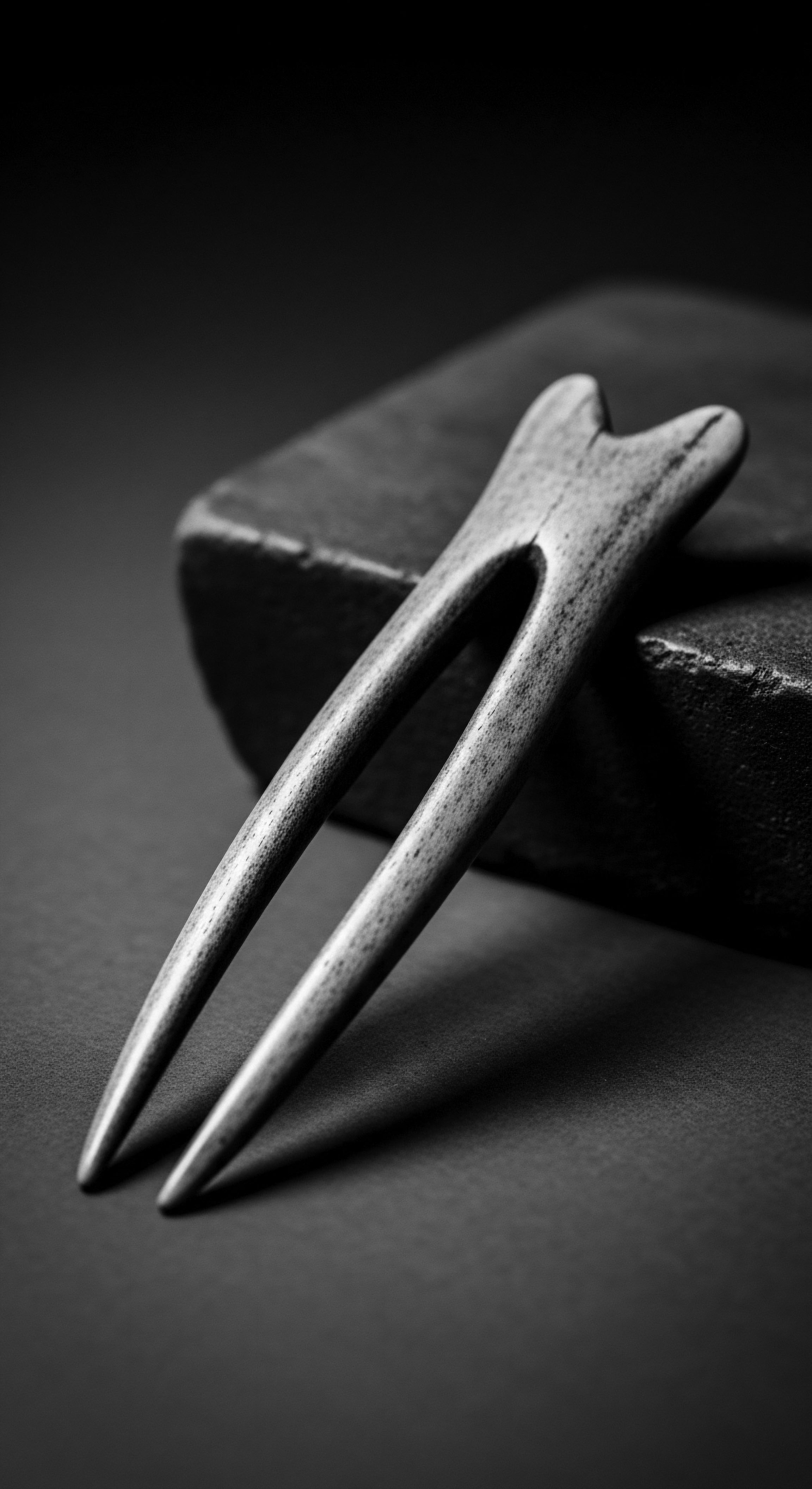
Ingredient Deep Dives for Textured Hair Needs
The effectiveness of historical hair care practices often lay in their reliance on natural, locally sourced ingredients. Modern science now provides a deeper understanding of why these ingredients were so effective for textured hair.
Take, for example, the widespread use of various plant oils and butters. Shea butter , as mentioned, is rich in fatty acids and vitamins, providing deep moisture and acting as a sealant. Castor oil , used in ancient Egypt, is known for its ricinoleic acid, which contributes to its moisturizing and strengthening properties. These traditional ingredients directly address the characteristic dryness and fragility of textured hair.
The continuity of these ingredients in modern formulations speaks to an enduring truth ❉ nature provided what was needed. Our ancestors, through trial and observation, discerned the properties of these plants, creating a pharmacopeia of hair care that continues to be relevant.
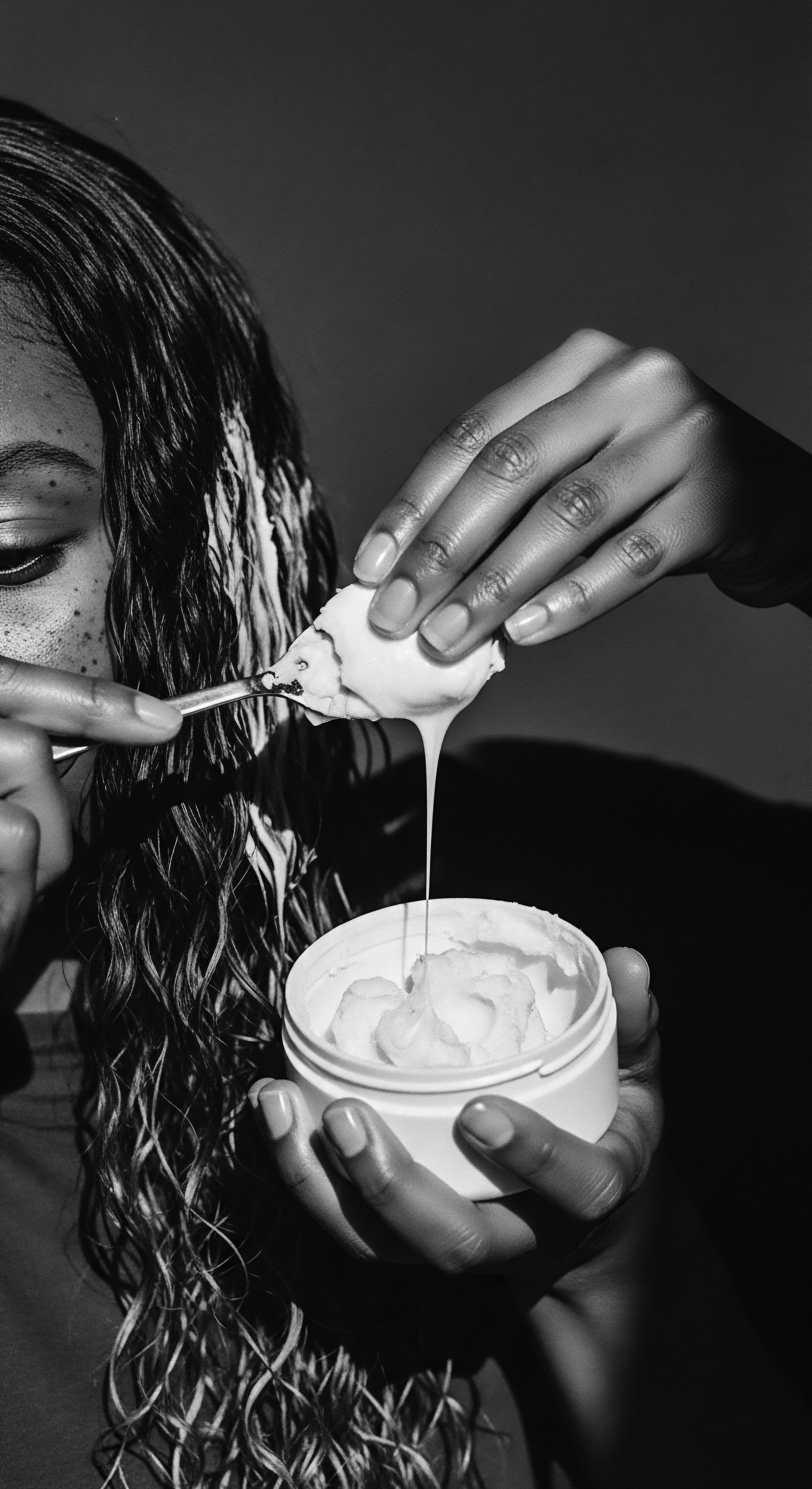
How Do Traditional Ingredients Align with Modern Hair Science?
The alignment is often striking, revealing ancestral scientific understanding through observation.
- Moisture Retention ❉ Traditional oils and butters (e.g. Shea Butter, Coconut Oil) were used to seal moisture, a critical need for textured hair due to its open cuticle and propensity for dryness. Modern science confirms their occlusive and emollient properties.
- Scalp Health ❉ Herbal infusions and gentle massages addressed scalp conditions, recognizing the scalp as the foundation for healthy hair growth. This aligns with modern understanding of the scalp microbiome and follicular health.
- Strengthening ❉ Practices like threading (Yoruba, Nigeria) or the use of certain plant powders (Chébé, Chad) minimized manipulation and provided external support, reducing breakage. This mirrors modern protective styling and protein treatments.
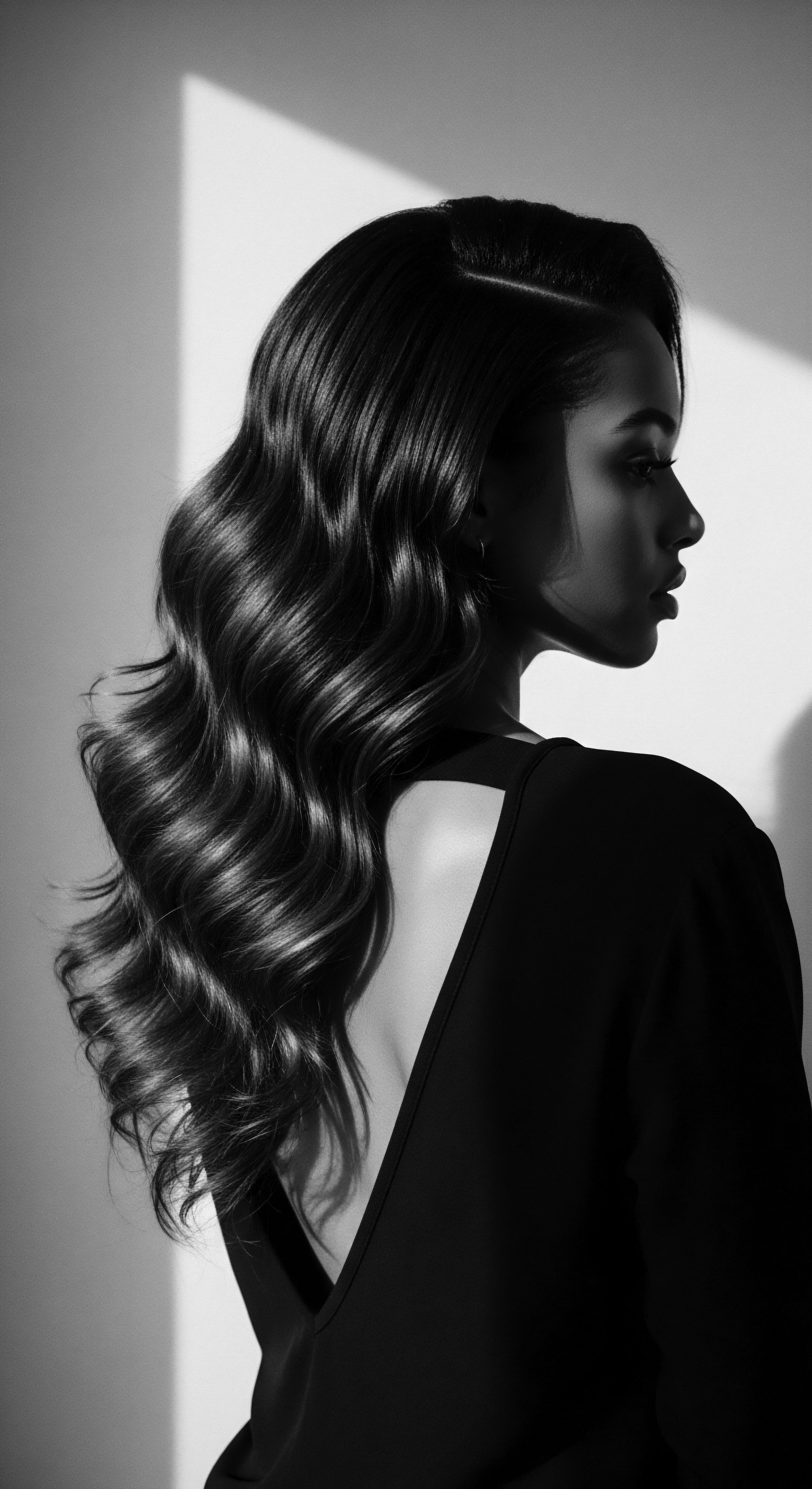
Textured Hair Problem Solving
Ancestral communities faced similar hair challenges to those we encounter today ❉ dryness, breakage, and scalp issues. Their solutions, however, were often rooted in preventative care and natural remedies rather than reactive treatments.
For instance, the emphasis on protective styling was a direct response to minimizing breakage, a common concern for textured hair. The communal aspect of hair care also meant that knowledge was shared, and solutions were often collectively discovered and disseminated. If one person found a particular herb or technique effective for a dry scalp, that wisdom would spread within the community.
This collective problem-solving, grounded in empirical observation over generations, offers a powerful model for modern textured hair care. It suggests a move away from isolated consumerism towards a more communal, informed approach, where shared knowledge and heritage guide our choices. The lessons from history suggest that the most enduring solutions are often those that are simple, natural, and passed down through the wisdom of lived experience.
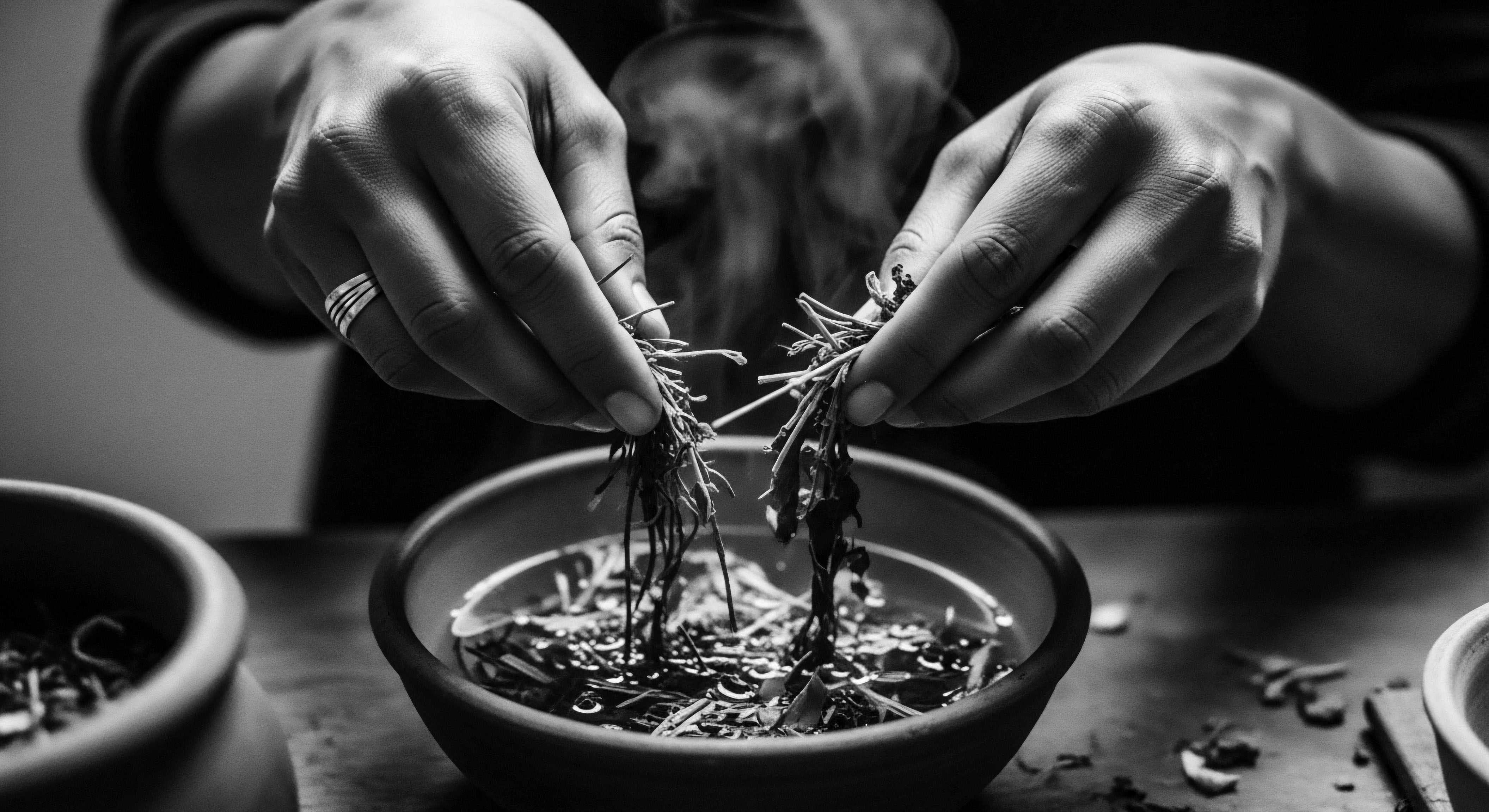
Relay
As we delve deeper into the intricate relationship between historical hair care practices and modern routines for textured hair, a more profound sub-question emerges ❉ How do these ancestral traditions not only inform our present-day regimens but also shape the very cultural narratives and future trajectories of textured hair itself? This inquiry moves beyond the practical, inviting us into a space where science, cultural memory, and the enduring spirit of heritage converge. It is a journey into the less apparent complexities, where the biological realities of textured hair meet the rich, often fraught, history of its adornment and perception.
This exploration requires a sophisticated understanding, drawing on rigorous research and cultural intelligence. We must analyze the interplay of biological predispositions, the psychological impact of societal pressures, the social dynamics of communal care, and the deep cultural and historical factors that have defined textured hair. The insights gleaned from ancient practices are not static relics; they are dynamic forces that continue to influence our contemporary understanding and celebration of textured hair, urging us to recognize the profound legacy we carry.
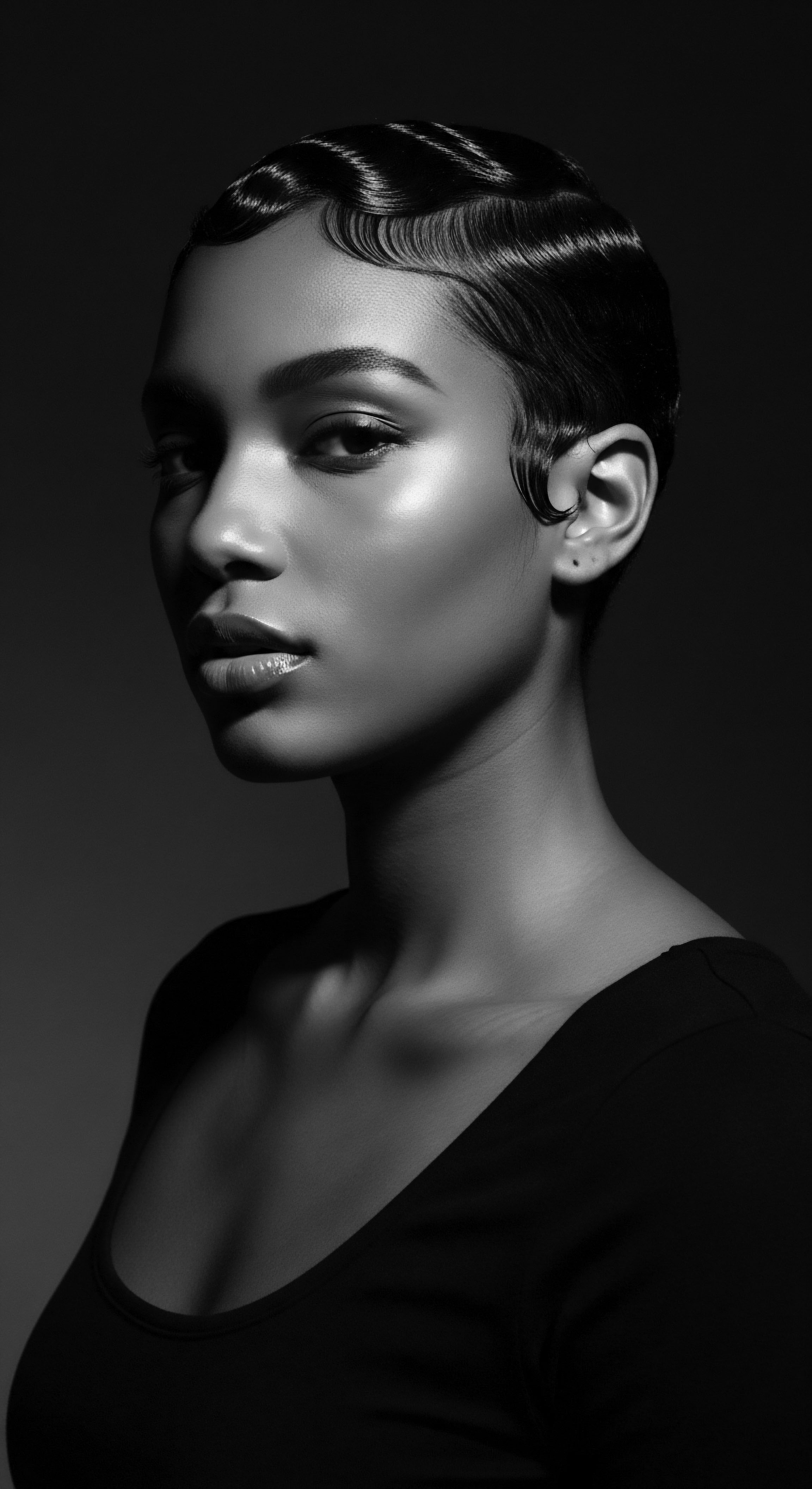
Building Personalized Regimens from Ancestral Wisdom
The modern textured hair community often speaks of “listening to your hair” and customizing routines. This resonates deeply with ancestral approaches. Rather than a one-size-fits-all model, historical practices were often localized and personalized, drawing upon available botanicals and techniques suited to individual hair types and environmental conditions.
Consider the diverse ethnobotanical knowledge across Africa. A study in Northern Ghana, for instance, highlights shea butter ( Vitellaria paradoxa ) as the most used plant for skin smoothening and hair growth among women, a practice deeply embedded in local knowledge. This specificity, the reliance on what the land provided and what generations had affirmed, stands in contrast to the globalized product market of today. By studying these regional variations, we can learn to select ingredients and methods that truly align with our hair’s unique needs, guided by the wisdom of those who cultivated this knowledge over centuries.
The holistic influences on hair health, drawing from ancestral wellness philosophies, also offer significant lessons. In many African cultures, hair care was not separate from overall well-being. It was integrated into daily life, often as a communal activity that fostered social bonds and passed down knowledge. This perspective encourages us to view our hair routine not as a chore, but as a moment for self-care, connection, and reverence for our heritage.
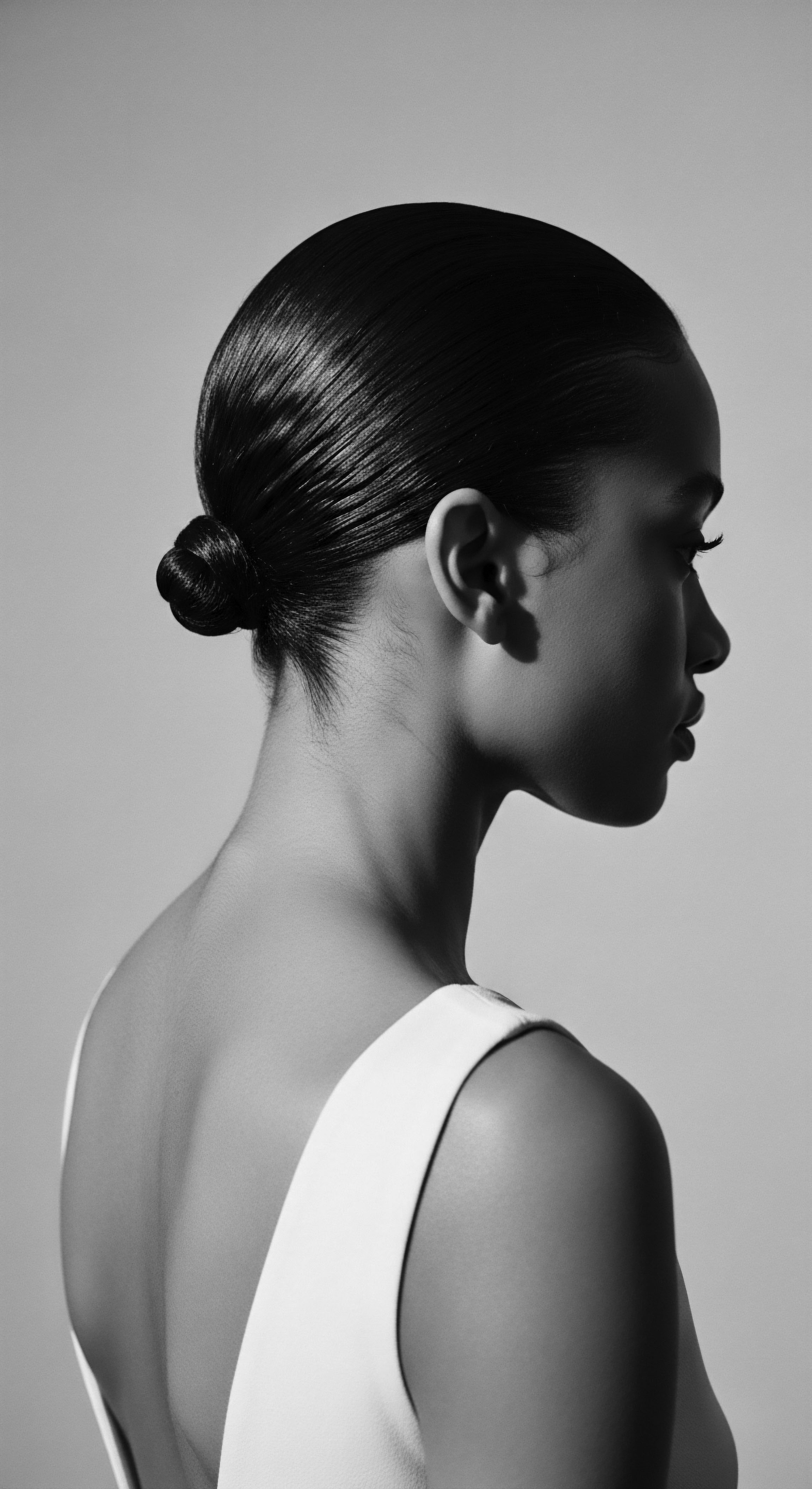
The Nighttime Sanctuary and Bonnet Wisdom
The practice of protecting hair at night, often with head coverings, is a tradition with deep historical roots, particularly within Black and mixed-race communities. While modern bonnets are often made of satin or silk, their historical predecessors—headwraps and scarves—served similar crucial functions ❉ preserving moisture, preventing tangles, and protecting delicate styles.
During the transatlantic slave trade, head coverings became a complex symbol. Initially, they were often enforced as a means of dehumanization, stripping enslaved individuals of their identity and cultural expressions. Yet, enslaved women ingeniously transformed these mandates into acts of resistance and cultural preservation, using them to protect hair that was often damaged by harsh conditions and lack of proper tools. The communal practice of hair care, often occurring on Sundays, became a space for bonding and maintaining cultural continuity, with scarves playing a practical role in preserving the intricate styles created.
This historical context imbues the modern bonnet with layers of meaning. It is not just a tool for hair health; it is a symbol of resilience, a quiet act of defiance against historical attempts to erase Black hair culture, and a continuation of a practice that prioritized care and protection in the face of adversity. The very act of wrapping one’s hair at night becomes a connection to this enduring legacy.
The nightly ritual of protecting textured hair, whether with a bonnet or a scarf, is a quiet echo of ancestral resilience and an affirmation of self-care.
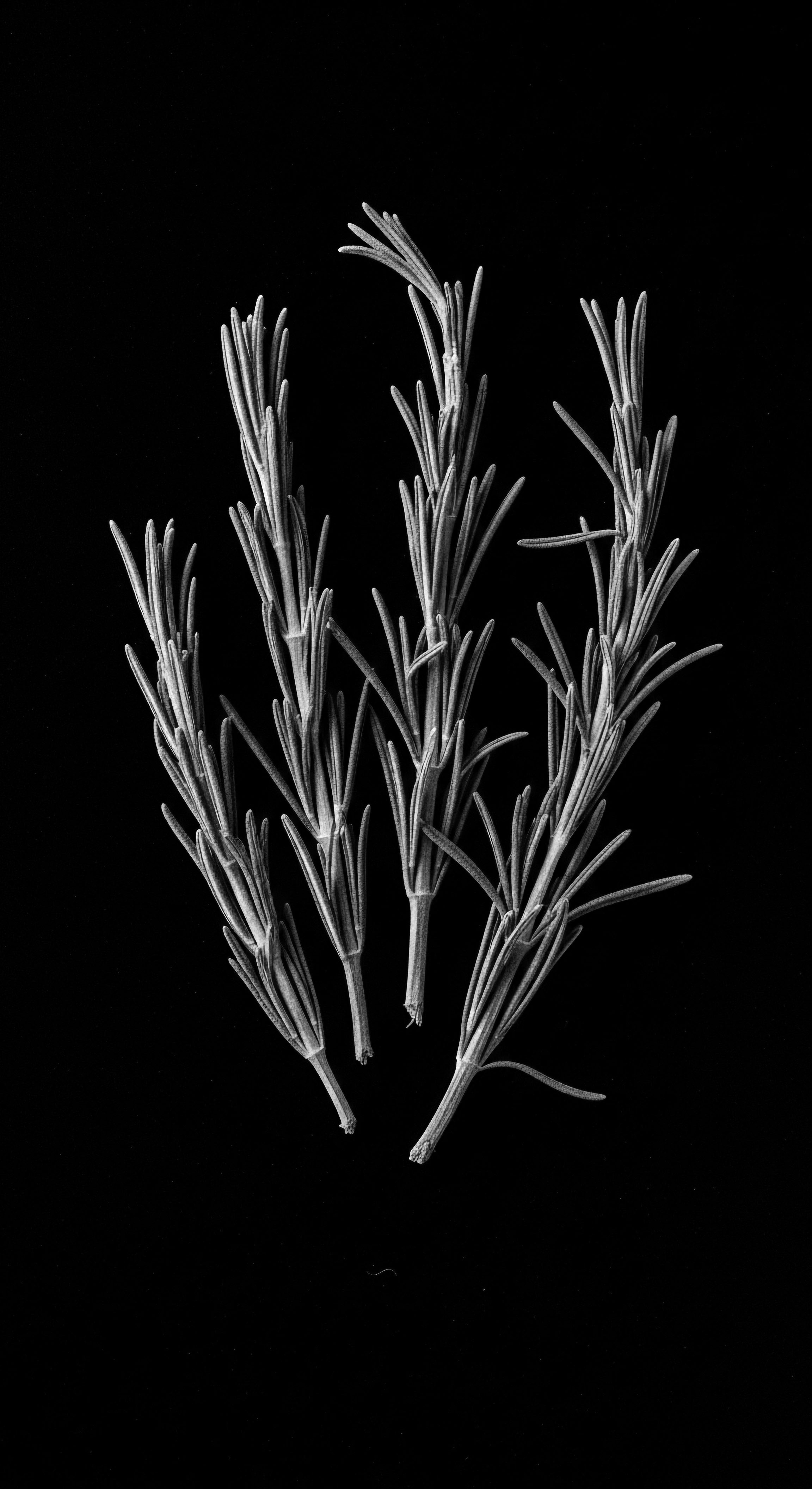
Ingredient Deep Dives for Textured Hair Needs
The effectiveness of historical hair care practices often lay in their reliance on natural, locally sourced ingredients. Modern science now provides a deeper understanding of why these ingredients were so effective for textured hair.
Take, for example, the widespread use of various plant oils and butters. Shea butter , as mentioned, is rich in fatty acids and vitamins, providing deep moisture and acting as a sealant. Castor oil , used in ancient Egypt, is known for its ricinoleic acid, which contributes to its moisturizing and strengthening properties. These traditional ingredients directly address the characteristic dryness and fragility of textured hair.
The continuity of these ingredients in modern formulations speaks to an enduring truth ❉ nature provided what was needed. Our ancestors, through trial and observation, discerned the properties of these plants, creating a pharmacopeia of hair care that continues to be relevant.
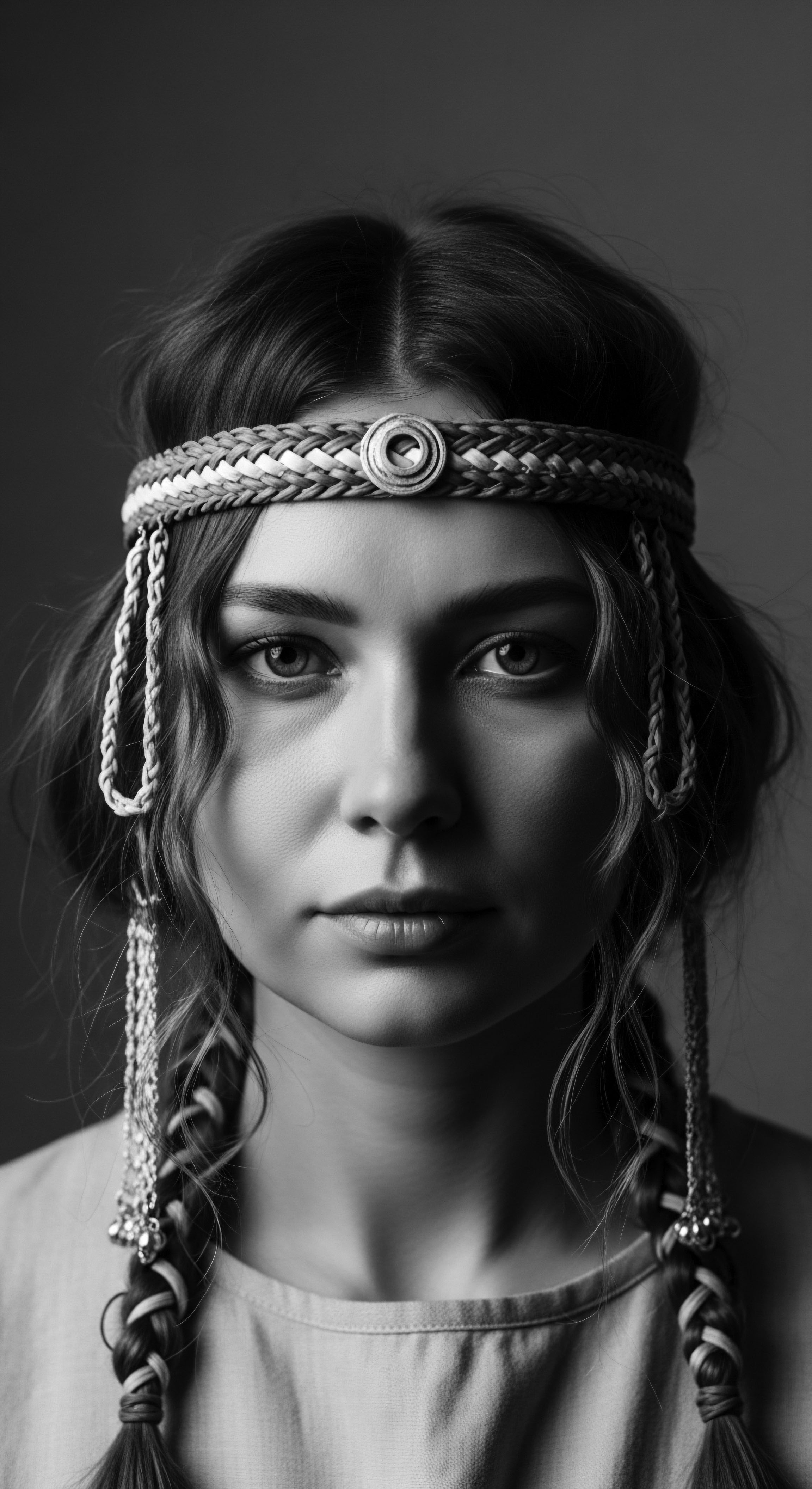
How Do Traditional Ingredients Align with Modern Hair Science?
The alignment is often striking, revealing ancestral scientific understanding through observation.
- Moisture Retention ❉ Traditional oils and butters (e.g. Shea Butter, Coconut Oil) were used to seal moisture, a critical need for textured hair due to its open cuticle and propensity for dryness. Modern science confirms their occlusive and emollient properties.
- Scalp Health ❉ Herbal infusions and gentle massages addressed scalp conditions, recognizing the scalp as the foundation for healthy hair growth. This aligns with modern understanding of the scalp microbiome and follicular health.
- Strengthening ❉ Practices like threading (Yoruba, Nigeria) or the use of certain plant powders (Chébé, Chad) minimized manipulation and provided external support, reducing breakage. This mirrors modern protective styling and protein treatments.
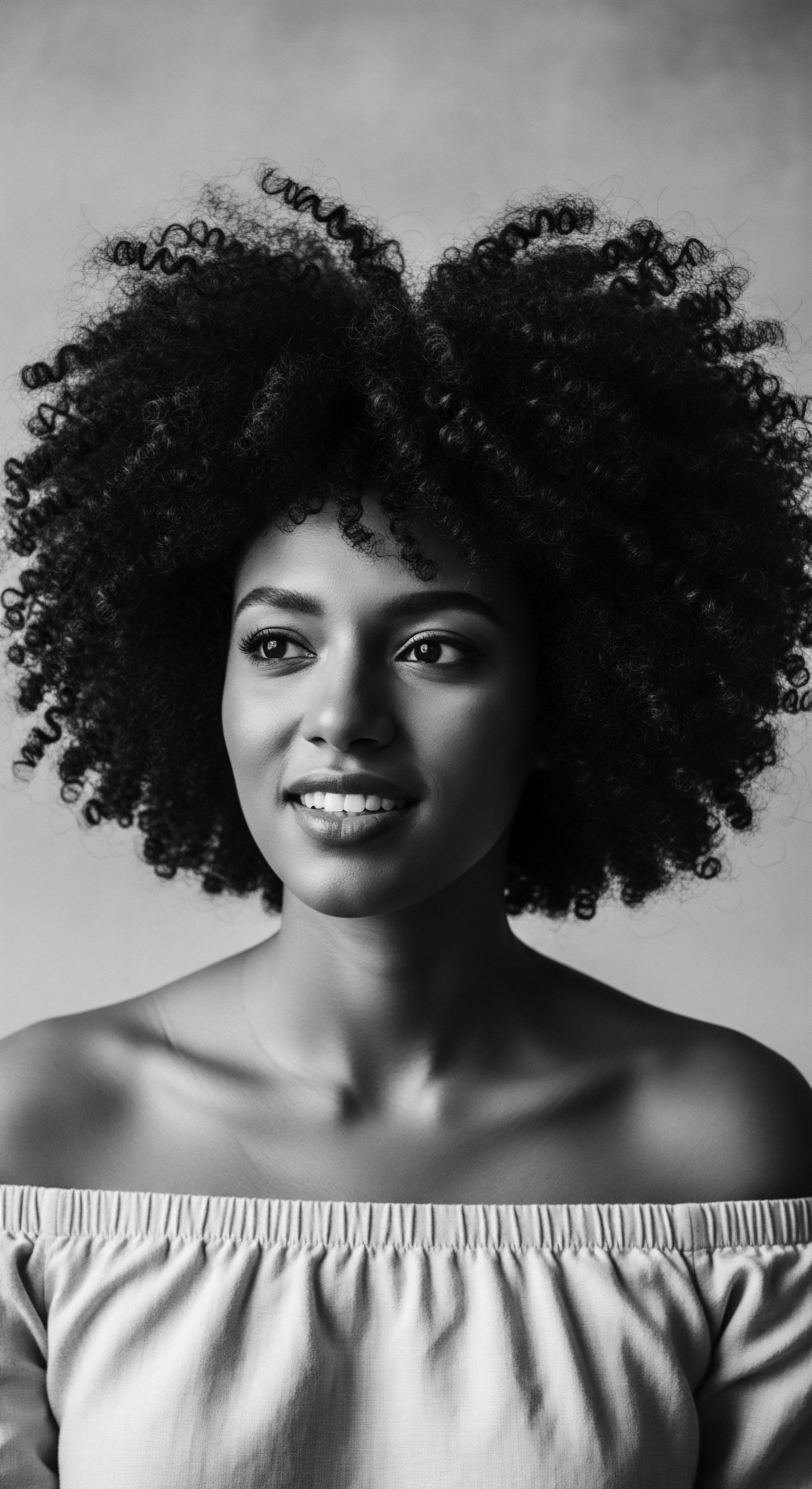
Textured Hair Problem Solving
Ancestral communities faced similar hair challenges to those we encounter today ❉ dryness, breakage, and scalp issues. Their solutions, however, were often rooted in preventative care and natural remedies rather than reactive treatments.
For instance, the emphasis on protective styling was a direct response to minimizing breakage, a common concern for textured hair. The communal aspect of hair care also meant that knowledge was shared, and solutions were often collectively discovered and disseminated. If one person found a particular herb or technique effective for a dry scalp, that wisdom would spread within the community.
This collective problem-solving, grounded in empirical observation over generations, offers a powerful model for modern textured hair care. It suggests a move away from isolated consumerism towards a more communal, informed approach, where shared knowledge and heritage guide our choices. The lessons from history suggest that the most enduring solutions are often those that are simple, natural, and passed down through the wisdom of lived experience.
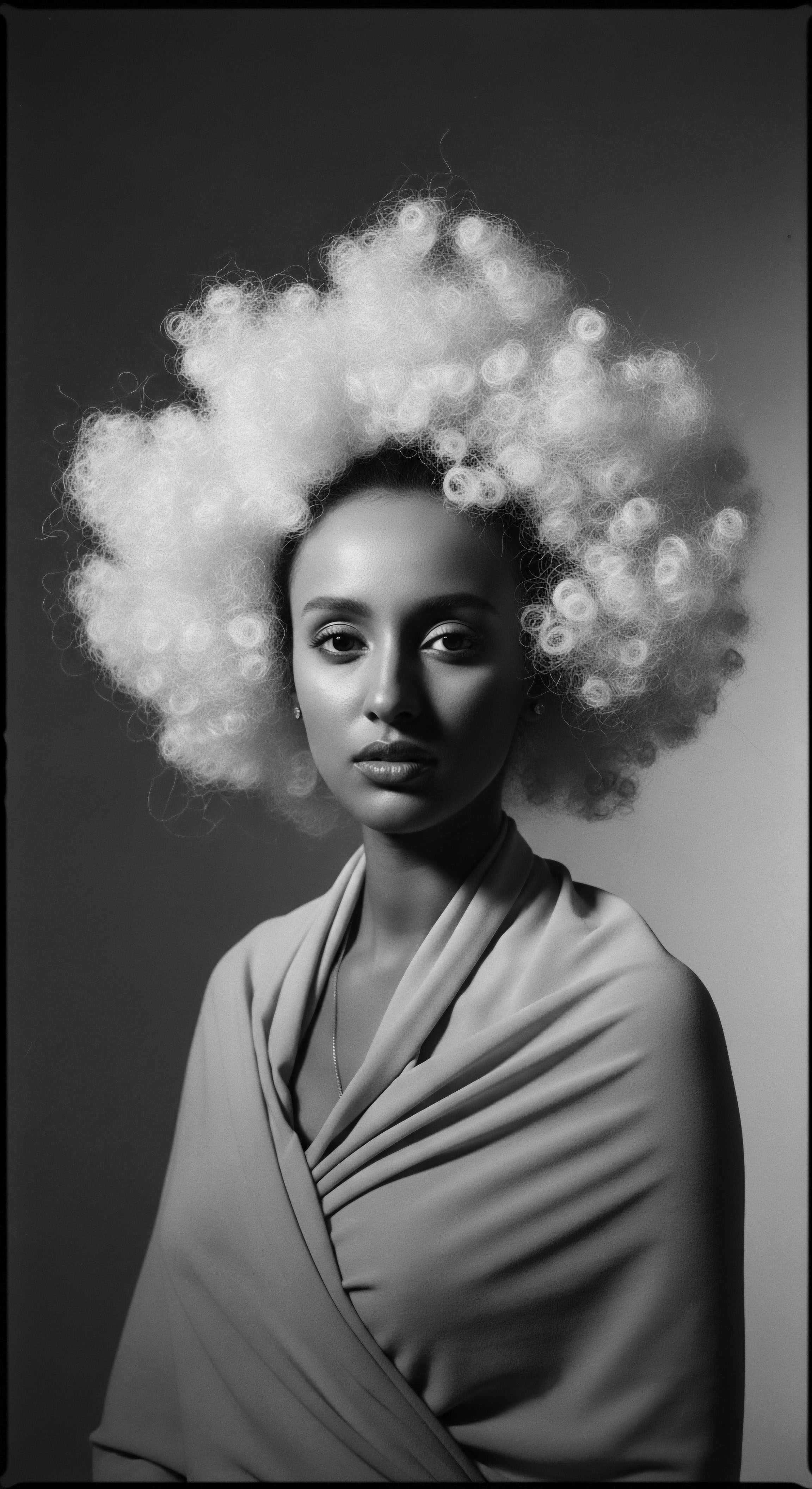
Reflection
The journey through the heritage of textured hair care reveals a profound truth ❉ our modern routines are not isolated acts but continuations of an ancient legacy. Each strand, each coil, carries the whispers of ancestors who understood the sacred connection between hair, identity, and well-being. From the earliest use of natural butters to the intricate artistry of protective styles, historical practices offer more than just methods; they offer a philosophy of care rooted in deep respect for the body and the earth.
This exploration of heritage is a call to reconnect, to listen to the wisdom embedded in our hair’s very structure and the traditions that nurtured it. It is a reminder that the most valuable lessons for today’s textured hair care are often found in the echoes of the past, in the collective memory of a people who celebrated their crowns as living symbols of resilience, beauty, and an unbroken lineage. The Soul of a Strand, indeed, holds the archive of centuries, inviting us to honor its story as we shape its future.
References
- Historical Perspectives on Hair Care and Common Styling Practices in Black Women. (2025). Journal of the National Medical Association .
- Bailey, L. (2023). What Every Dermatologist Must Know About the History of Black Hair. Cutis .
- Heaton, S. (2021). Heavy is the Head ❉ Evolution of African Hair in America from the 17th c. to the 20th c. Library of Congress .
- Okereke, C. (2022). The African Tales of The Historical 7000 Year Old Afro Comb. Africa Rebirth .
- Khumbula. (2024). A Crowning Glory ❉ Hair as History, Identity, and Ritual. Khumbula .
- CURLYTREATS Festival. (2025). Afro comb ❉ the cultural and political legacy behind this iconic hair tool. CURLYTREATS Festival .
- Rovang, D. (2024). Ancient Gems ❉ A Historical Survey of African Beauty Techniques.
- Campbell, M. (2020). A Sacred Legacy ❉ On Black Hair And The Revolutionary Power of Self-Expression. GirlsOnTops .
- The Resilient Tresses ❉ West African Black Hair History from the 1400s to Today. (2024).
- Tshiki, N. A. (2021). African Hairstyles – The “Dreaded” Colonial Legacy. The Gale Review .
- Da Costa, D. (n.d.). History of the Natural Texture Hair Movement.
- Afriklens. (2024). African Hairstyles ❉ Cultural Significance and Legacy. Afriklens .
- Adam, S. (2024). Ethnobotany of traditional plant cosmetics utilized by women; A study in Northern Ghana. ResearchGate .
- Cripps-Jackson, S. (2020). The History of Textured Hair. Colleen .
- Gallagher, D. (2016). Researchers get lathered up over Shea butter’s history. OregonNews .
- Safo Hair. (2024). Embracing the Roots ❉ Hair Care Rituals in African Cultures and the Valuable Lessons We Can Learn. Safo Hair .
- The Diamondback. (2022). The evolution of textured hair care and styling, a brief history. The Diamondback .
- OkayAfrica. (n.d.). A Regional Walk Through The History of African Hair Braiding. OkayAfrica .
- Afriklens. (2024). Natural African Haircare ❉ Celebrating the Afro and Braids. Afriklens .
- Corvus Beauty. (2024). Ancient Herbal Wisdom for Hair Care Rituals of Today. Corvus Beauty .
- Adomako, A. (2021). The Current State of Knowledge of Shea Butter Tree (Vitellaria paradoxa C.F.Gaertner.) for Nutritional Value and Tree Improvement in West and Central Africa. ResearchGate .
- Hair Care Secrets of the Past ❉ What Our Ancestors Used for Healthy Hair. (2024).
- Egyptra Travel Services. (2025). From Ancient Egypt to Modern Beauty ❉ Timeless Cosmetic Secrets. Egyptra Travel Services .
- Tassie, G. J. (n.d.). Hair-Offerings ❉ An Enigmatic Egyptian Custom. Institute of Archaeology, UCL .
- El-Sadek, M. (2018). Role of the hair in ancient Egypt. International Journal of Tourism and Hospitality Management .
- AL-SHAMMARI, R. (2020). Women’s adornment and hairstyle tools from Jerash archaeological site/ Jordan. Under publishing. ResearchGate .
- Ciafe. (2023). Shea Butter – Explainer. Ciafe .
- Okwodu, J. (2020). A Brief History Of Black Hair Rituals. ELLE .
- BBC News. (2015). How does black hair reflect black history? BBC News .
- BLAM UK CIC. (2022). The history of Black Hair. BLAM UK CIC .
- The Queen’s Journal. (2025). History, identity, and community ❉ The significance of Black hair. The Queen’s Journal .
- Okullo, J. B. L. et al. (2011). Folk Classification of Shea Butter Tree (Vitellaria paradoxa subsp. nilotica) Ethno-varieties in Uganda. Ethnobotany Research and Applications .
- Salford Students’ Union. (2024). The Remarkable History Behind Black Hairstyles. Salford Students’ Union .
- Carney, J. A. (2003). AFRICAN TRADITIONAL PLANT KNOWLEDGE IN THE CIRCUM-CARIBBEAN REGION. UCLA Geography .
- Ashby, S. (2011). Archaeologies of Hair ❉ an introduction. Internet Archaeology .
